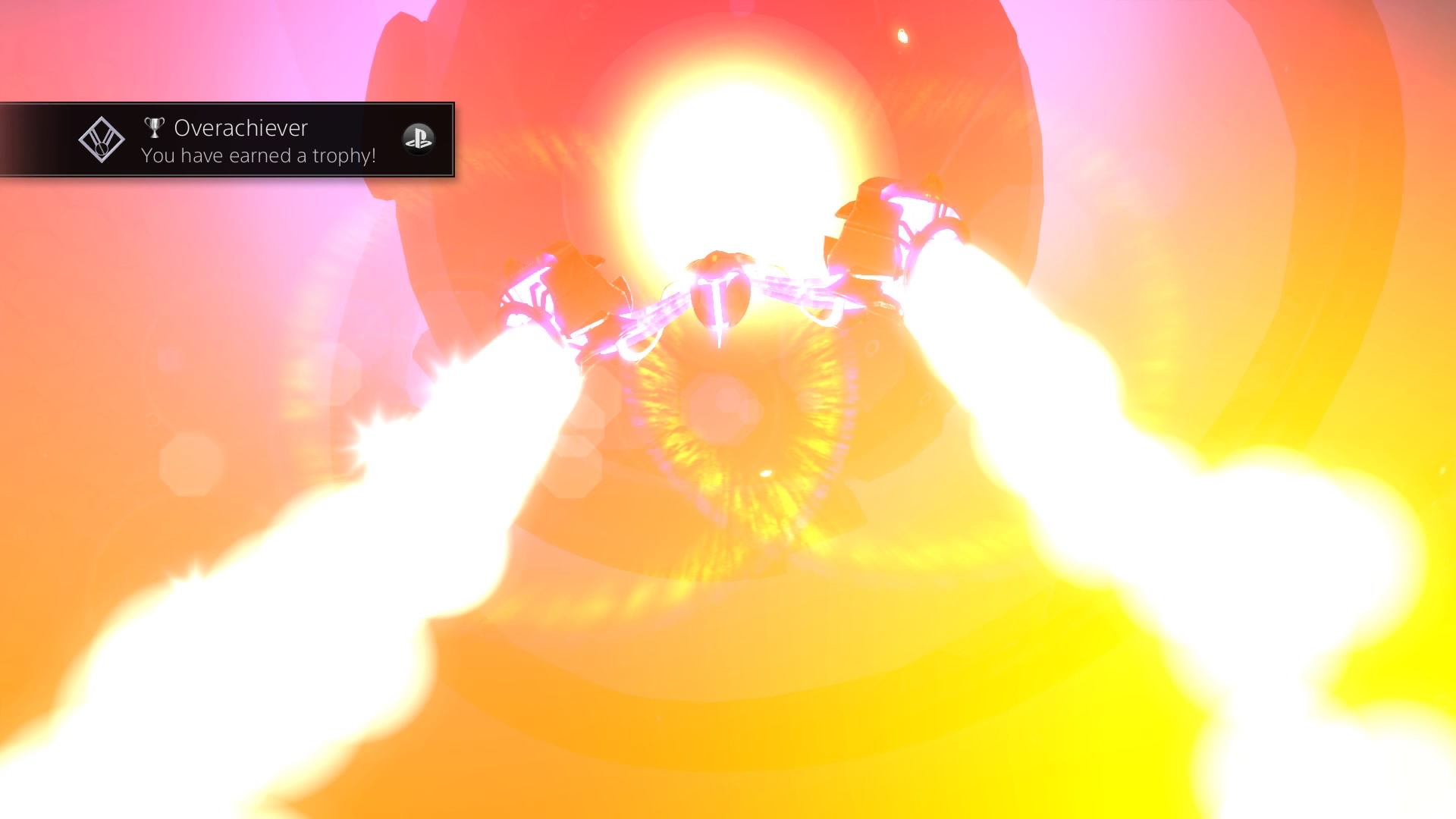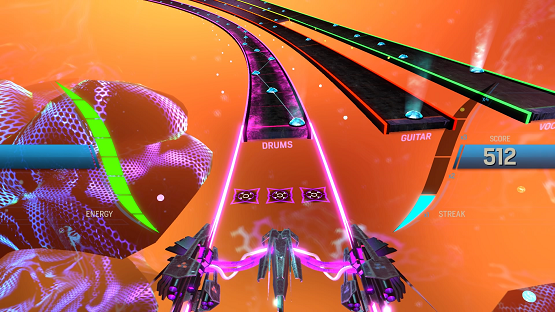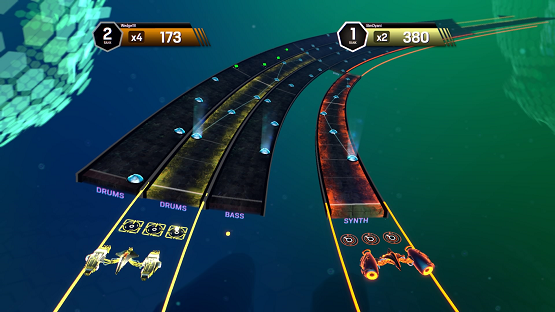Guitar Hero Live and Rock Band 4 may have signaled a return for instrument-based rhythm games, but before we held plastic guitars, Harmonix set the stage for the rhythm genre with the controller-based rhythm game FreQuency, and its follow up, Amplitude, for the PS2. After a successful Kickstarter campaign, Harmonix revisited their roots by rebooting the original Amplitude, utilizing much of the same talent that went into creating the original a decade ago.
Amplitude is straightforward. Each note track consists of three possible nodes — left, middle, and right — corresponding to the L1, R1, and R2 buttons, or circle, triangle, and square on the default control scheme. Instead of playing a single note path like in Guitar Hero or Rock Band, you’ll be jumping between the different instruments in the song quite bit to create combos and increase your multiplier.
After what seems to be about a measure (for those not musically inclined, that’s a section of a song that is indicated by a specific number of beats) the note path you are on will break away and you’ll have to tap left or right to jump to another open track. Despite its easy nature to learn, it’s not a simple game to master, and there’s a learning curve moving into higher difficulties and faster songs.
It’s terrifying at first going from a drum track with a dedicated beat and suddenly jumping to a synth line that is syncopated (another musical term, meaning the off beat notes are accented), but the game focuses the volume on the track you are on, so it helps with keeping the beat from track to track. In fact, if you spend too much time away from a track, it will drop out of the audio, so each play through yields interesting remixes crafted by how you decide to complete the note tracks.
Repetitive Beats
Any rhythm game is only as good as its track list, and I realized that Amplitude’s longevity needed to be tested. I’ve been playing Amplitude for about two weeks now, spending much of my holiday break going back to it, unlocking all of the tracks, figuring out which songs I like and which ones I don’t. The majority of the 30 tracks fall into the electronic genre, but unlike the first game which brought in names like Blink-182, Weezer, and Pink, don’t expect to find any major artists here.
The campaign is made up of a 15 song concept album, created in house by Harmonix, telling the story of a woman undergoing treatment within the Amplitude OS, leaning heavily on themes of humanity, thought, and synesthesia, among other things. In addition, there are 15 other tracks unlocked for quickplay by just playing the game.
Considering that a game like Rock Band 4 ships with just over 60 songs on disc, Amplitude’s 30 song track list at the $20 price point is nothing to scoff at. In fact, that’s four more songs than the original PS2 game, which held its final count at 26 total tracks. The biggest problem with Amplitude’s final track list is the lack of variance.
Save for three or four outliers, like the punk inspired Crazy Ride or brass filled Unfinished Business, the songs all fall into the genre of electronic music, which may limit the audience. After two weeks playing nearly every day, I found myself craving more genres, especially after scratching the surface of possibilities with those one-off tracks. It’s not that the electronic tracks are in any way bad (as someone who doesn’t normally like electronic music, I actually enjoyed most of the songs), they just get repetitive when there are no additional genres to break up the electronic invariability.
A Curve of Difficulty
I suck at Amplitude. It needs to be said. Regardless of my general aptitude for rhythm games — most notably those with plastic instruments — I repeatedly choke on those faster sequences, and going from regular beats to syncopation. I also keep my house a bit colder during the winter (gotta save on that heating energy), and icy hands aren’t exactly conducive to fast, coordinated finger movement. As a matter of fact, I’m having trouble typing this right now. Maybe I’ll revisit this game when weather can permit proper blood flow through my extremities.
All jokes aside, the difficulty curve on Amplitude feels like the Everest climb of rhythm games. I’ve never climbed Everest myself, but I hear it’s tough, and lots of people die trying. Amplitude will test skill, dexterity, and patience. Where I was nearly getting 100% on some songs on Intermediate, I couldn’t even finish some of them on Advanced. That’s not to mention that there’s an Expert level beyond that and an unlockable Super difficulty after that one.
Nobody is saying that difficulty is a bad thing (some of the best games have been those of high difficulty), but again, a curve as steep as this one may factor into limiting the audience or longevity that Amplitude has. The best way to overcome the difficulty is actually to stop thinking about the difficulty and achieve a zen moment where your hands and controller become one, which is far easier said than done, though exhilarating when you clear a tough note path without even thinking about it.
More Players, More Amped
Of course there’s Amplitude’s four-person local multiplayer mode as well, pitting players in free-for-all or team based matches against one another. Power ups can be used to disrupt other players or help your own team and things start getting really crazy when you have four nanoblasters (the things that hit the nodes) each vying for space on the track.
The biggest drawback to multiplayer is that it’s limited by the lowest common denominator. There’s one difficulty selected for all players on the track, and if that varies by player, there’s no way to enforce a handicap. Fortunately there’s a no-fail state in multiplayer, so no matter how everyone is playing, you’ll play to the end of the song. Online leaderboards clearly displaying your place among the ranks then round out the multiplayer offerings.
There’s no denying that Amplitude is a finished game. The controls are tight and everything looks and feels elegant, from the bright, neon tracks and nanoblasters, to the dynamic backgrounds that respond both to the music and how you are playing, and even the simple and quick menus that allow you to get right into playing. There’s even a FreQuency inspired tunnel mode — aptly named FreQ mode — that curves the tracks into a tube, for those that need a little of Amplitude’s predecessor.
Amplitude is a labor of love, polished to a beautiful shine and put into fans’ hands by a developer that truly cares about the experience they are offering in revisiting this cult classic. Despite its clean exterior and simple, yet fun gameplay, I fear many will be rather quickly turned away by the steep difficulty curve and a track list that is only good, not great.
Amplitude review copy provided by developer. For more information on scoring please see our Review Policy here.
-
Extremely polished
-
Crafted by the creators of the original
-
30 songs for $20
-
Significant difficulty spikes may hinder continued play
-
Song list is hit and miss
-
Lack of variance across tracks for continued play
Amplitude Review
-
Amplitude
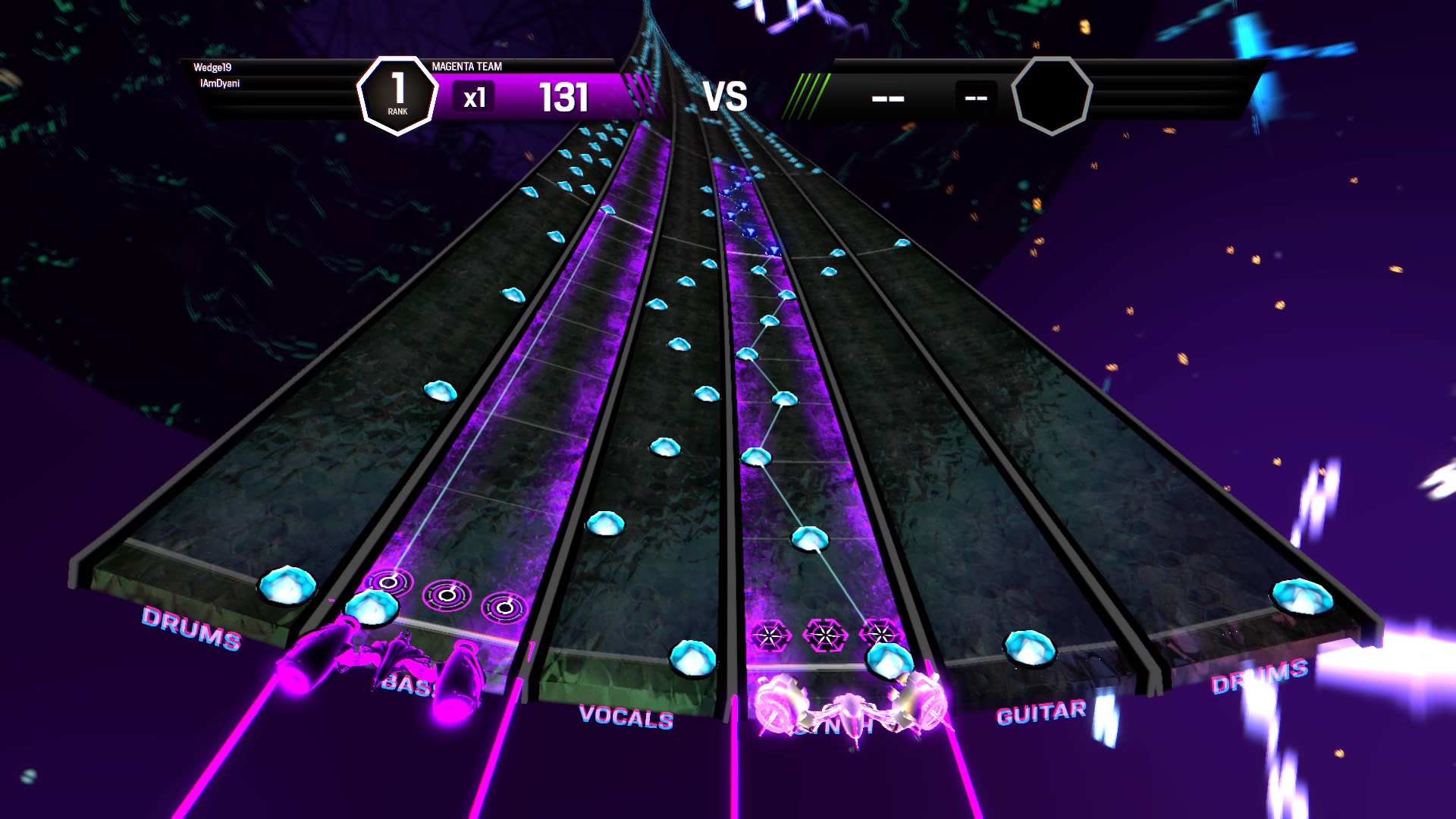
-
Amplitude
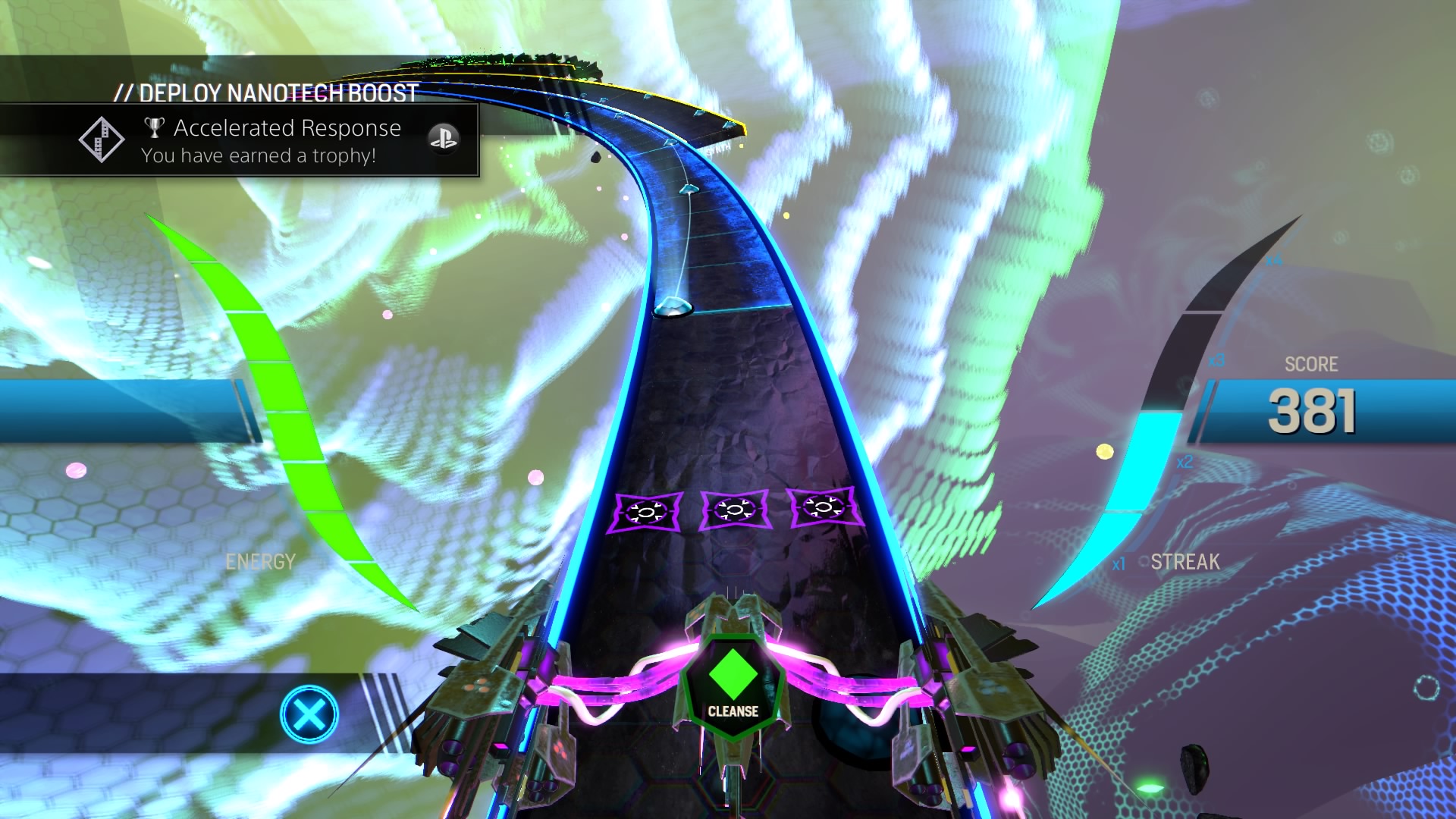
-
Amplitude
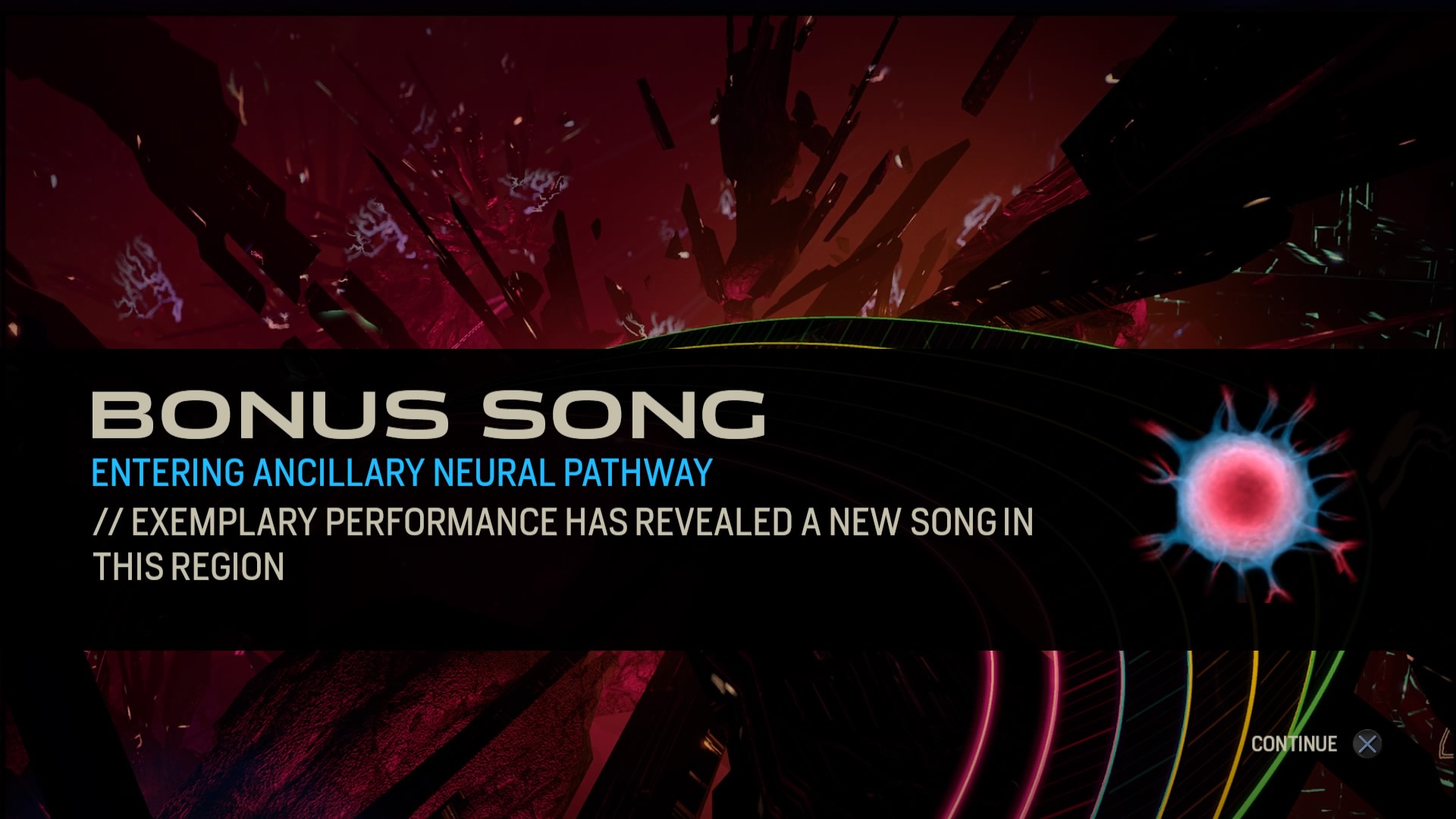
-
Amplitude
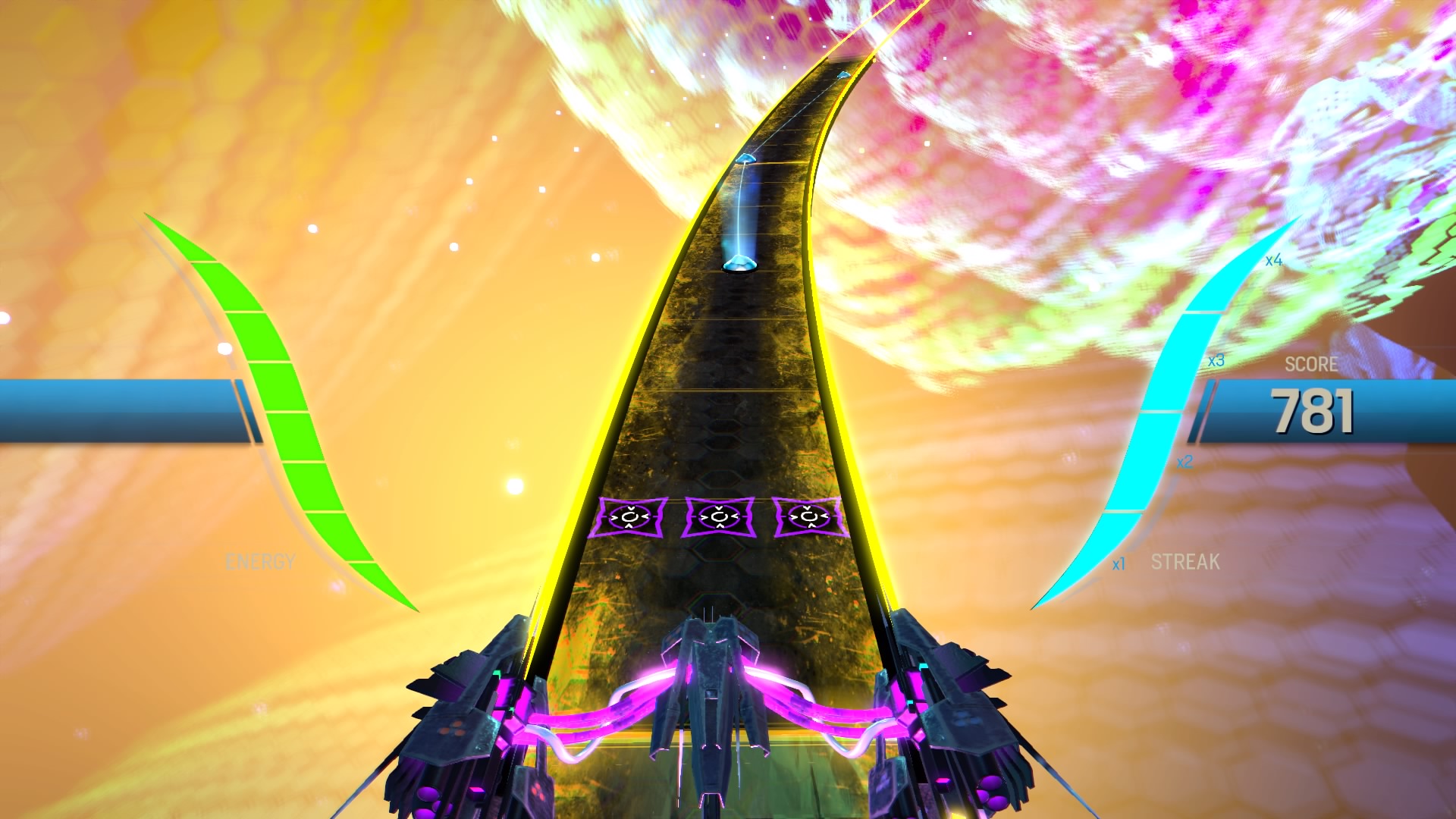
-
Amplitude
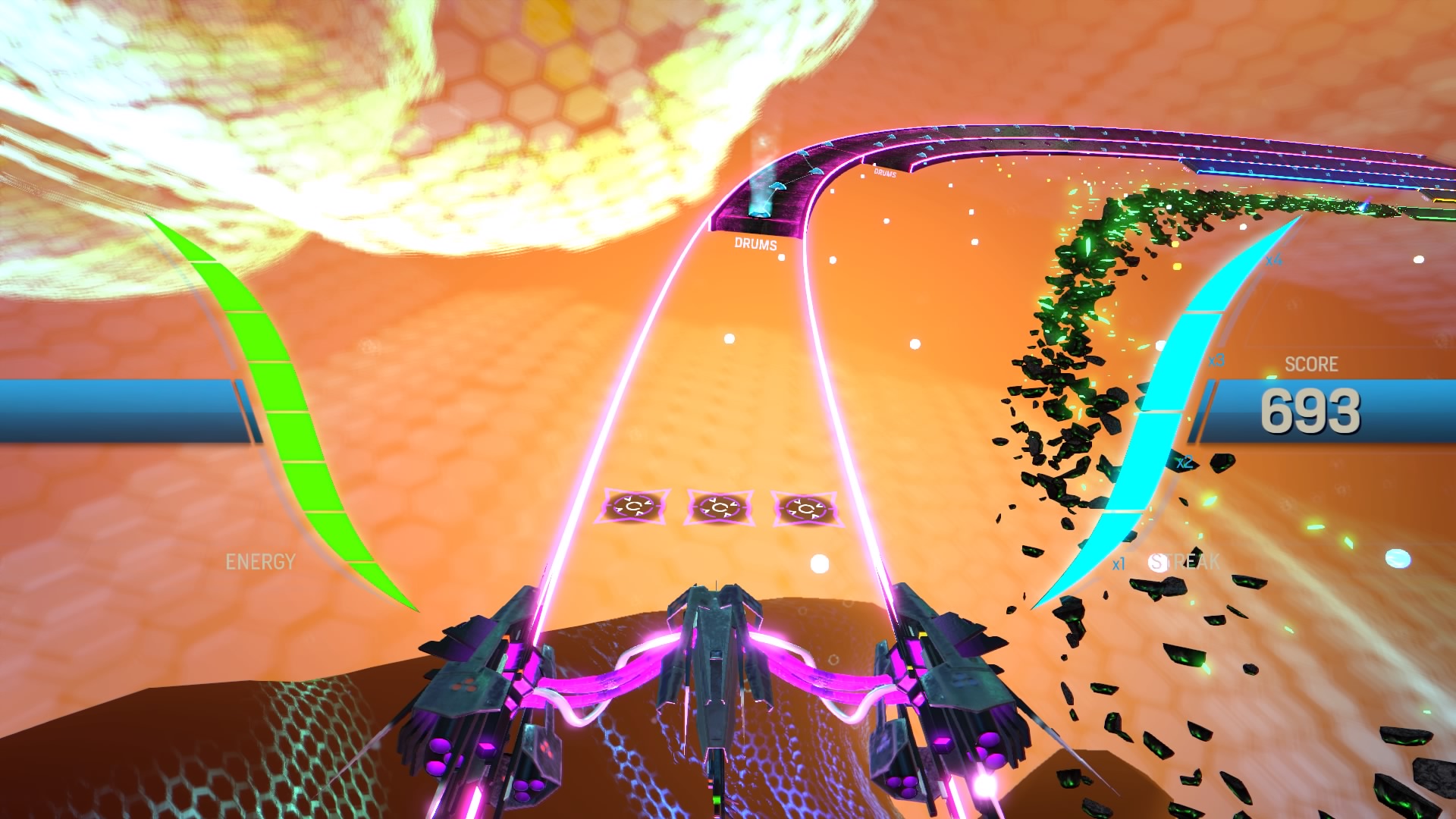
-
Amplitude
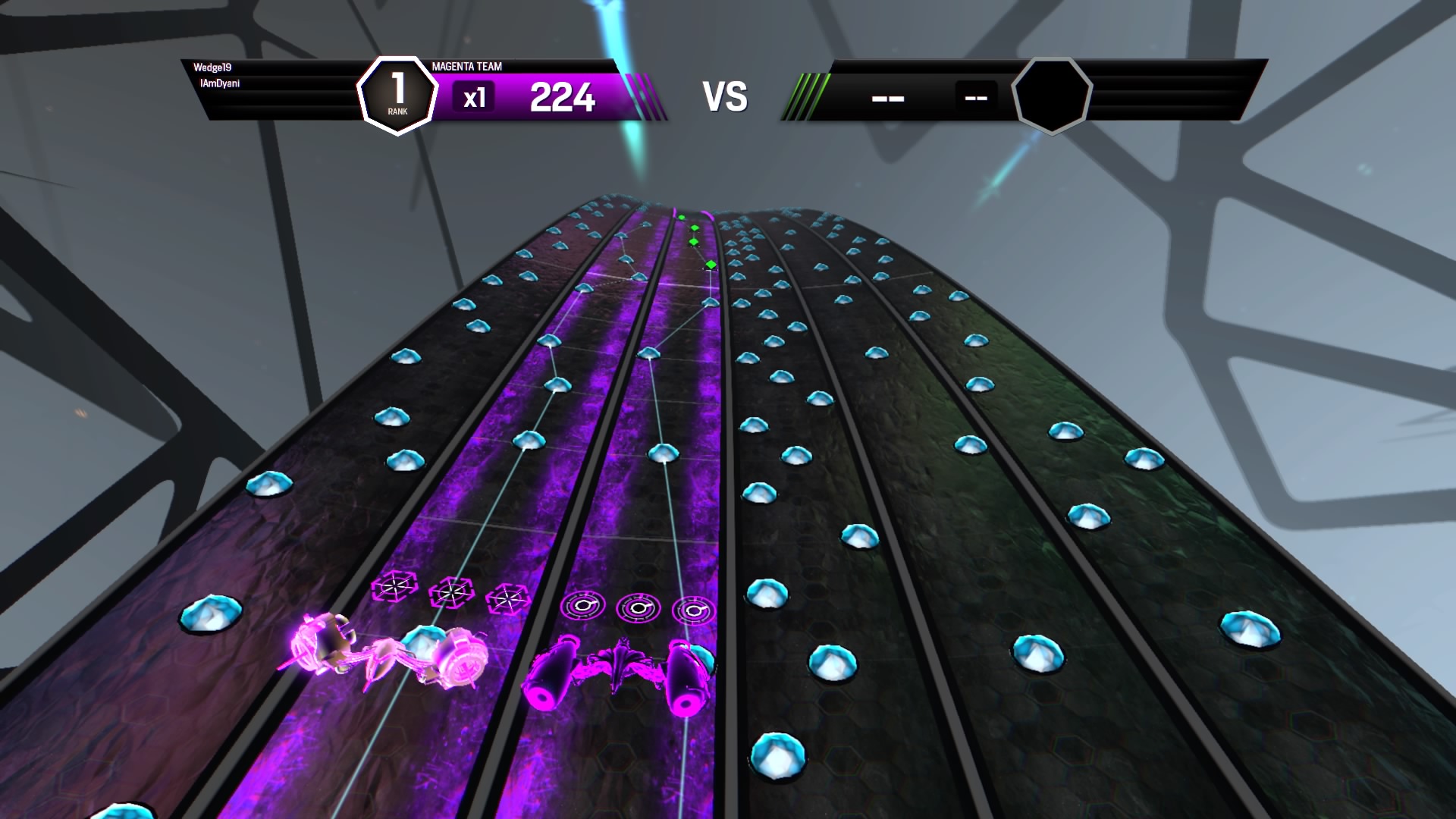
-
Amplitude
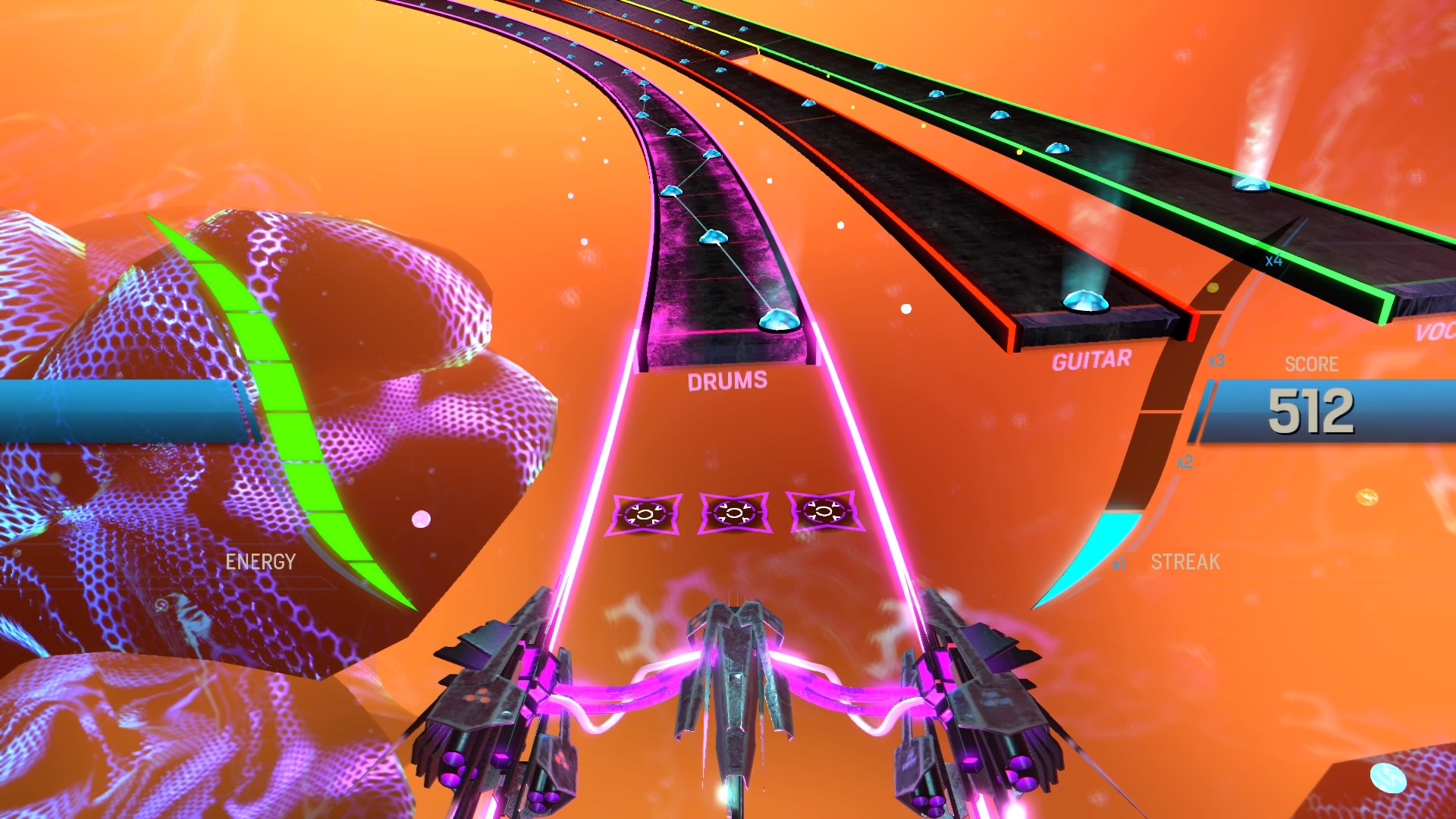
-
Amplitude
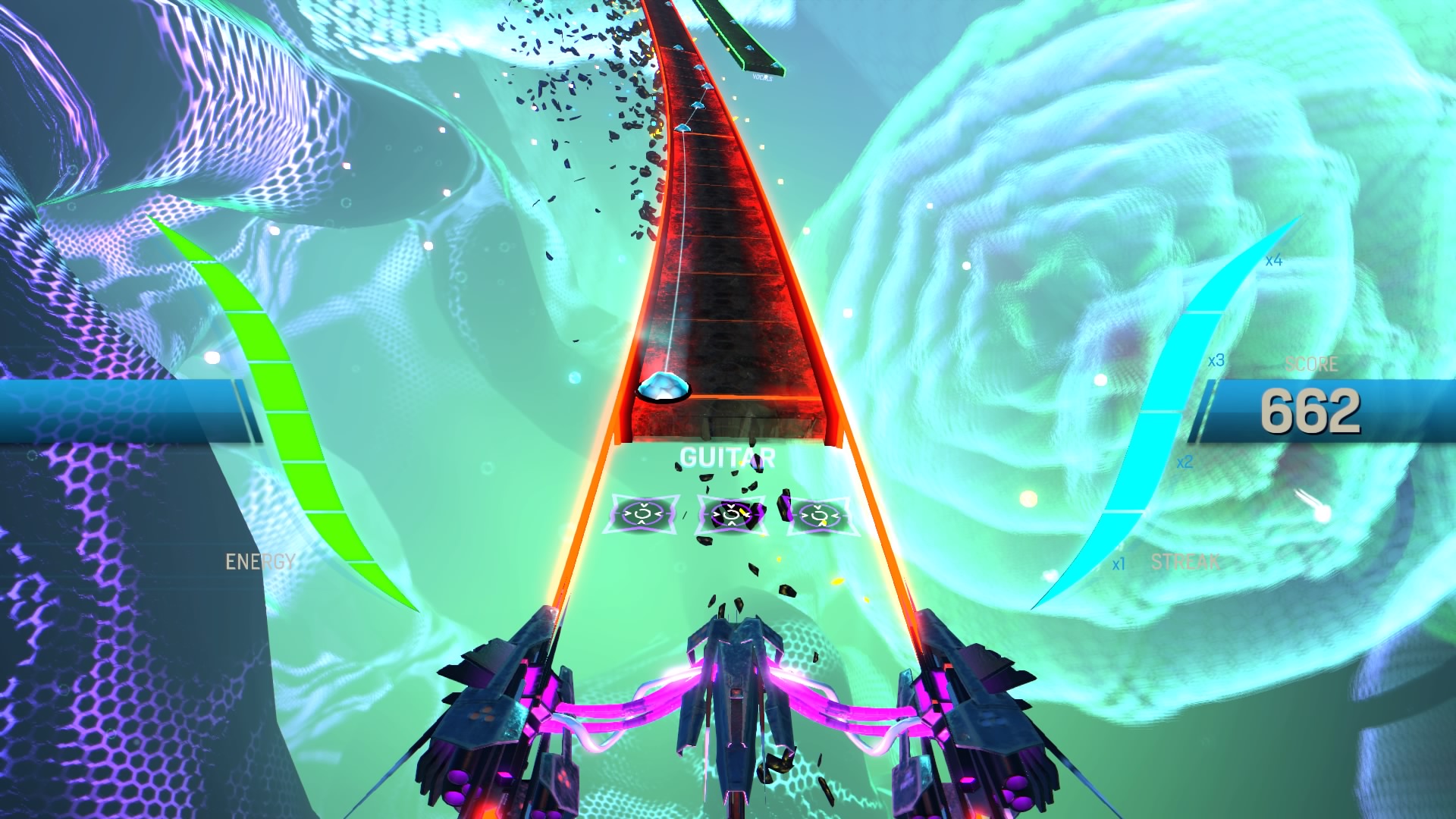
-
Amplitude
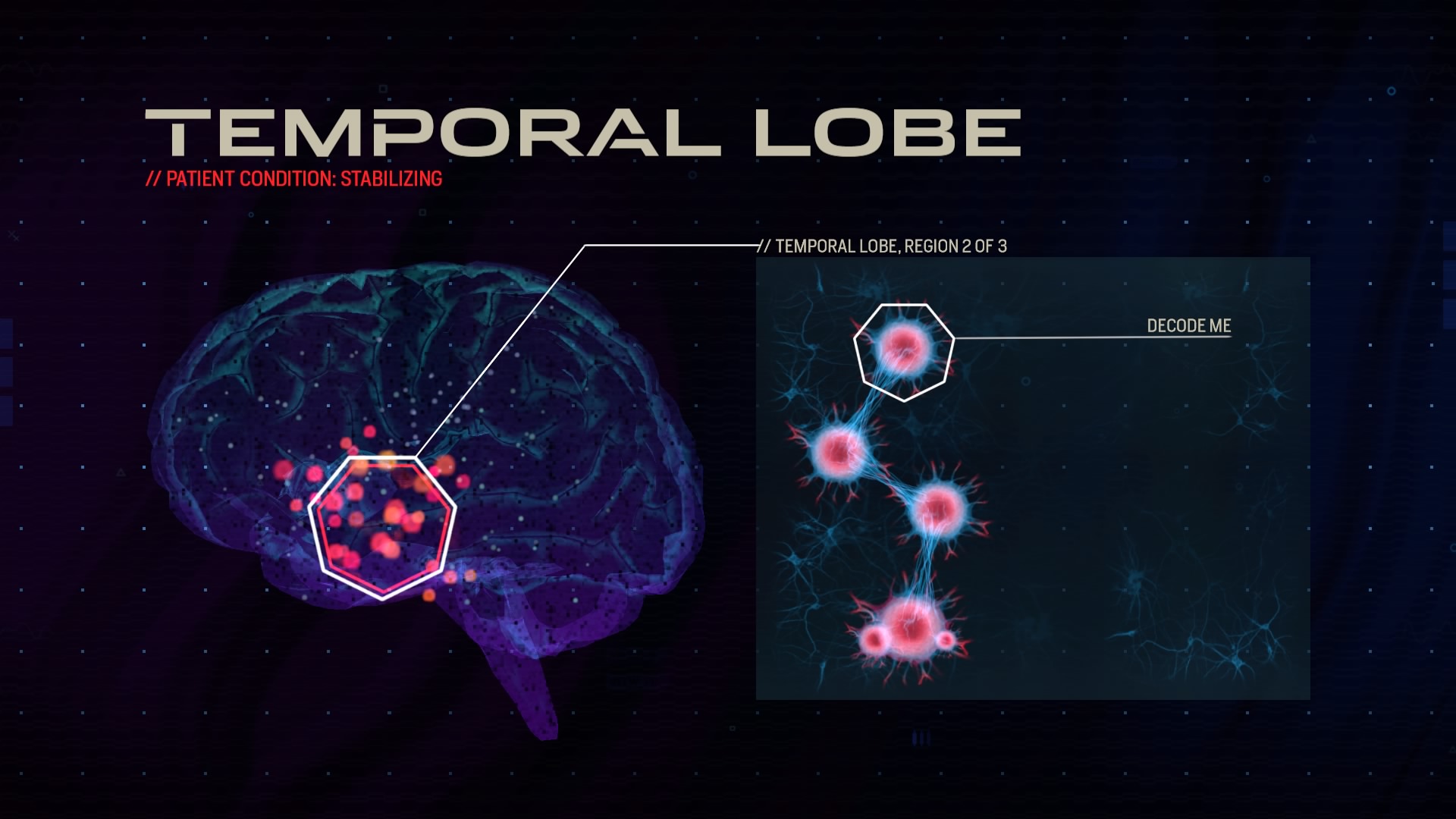
-
Amplitude
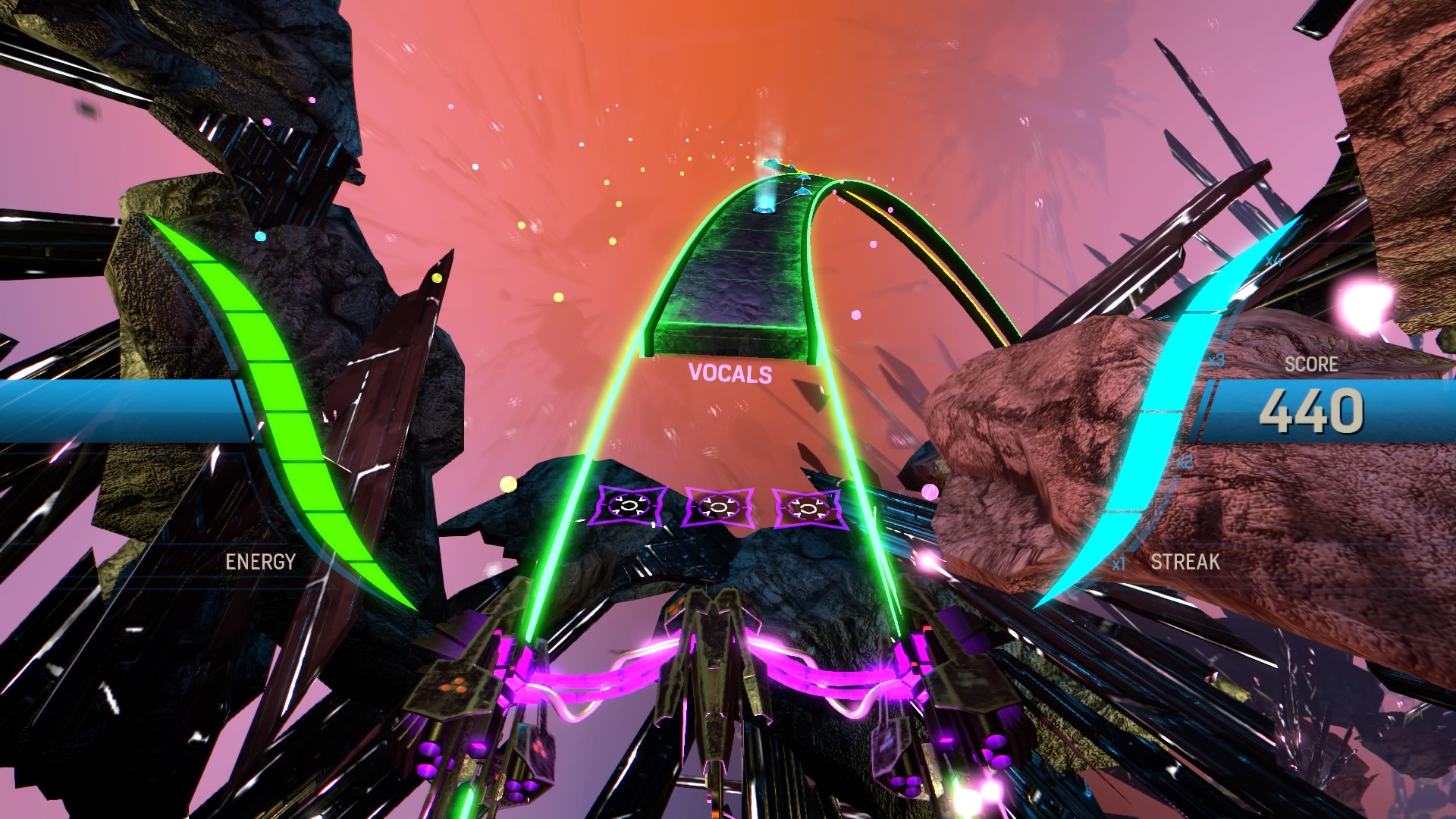
-
Amplitude
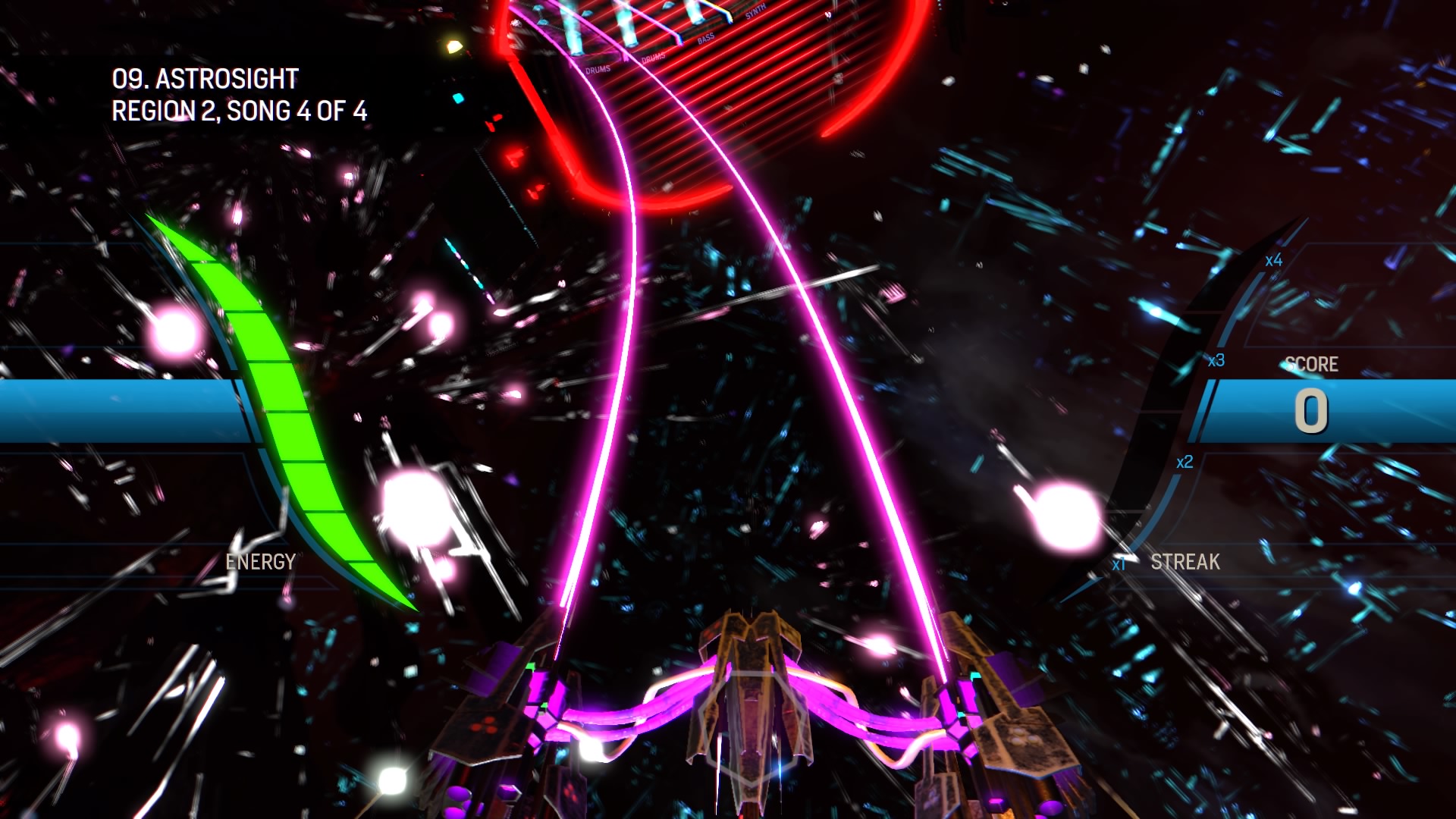
-
Amplitude
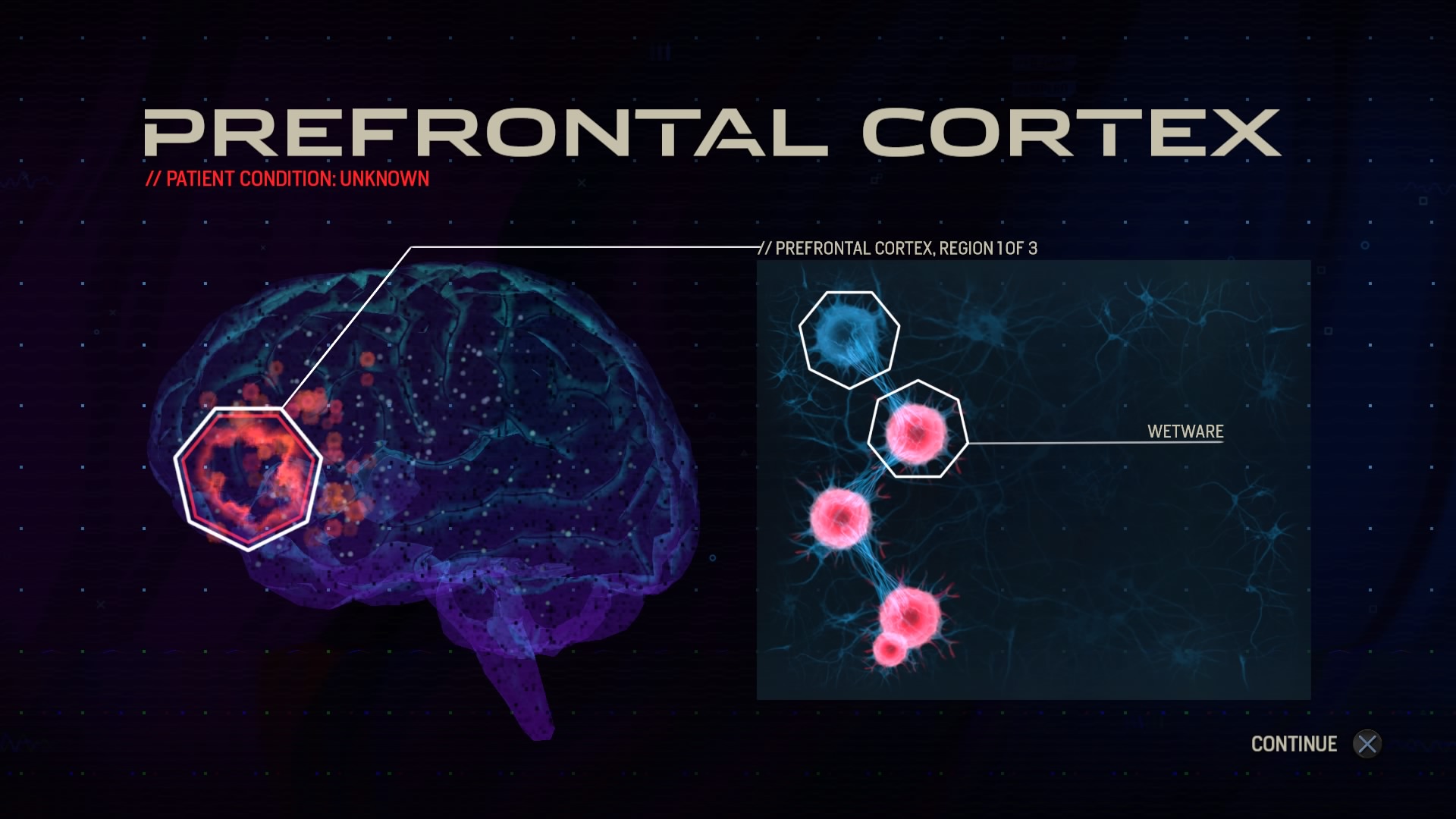
-
Amplitude
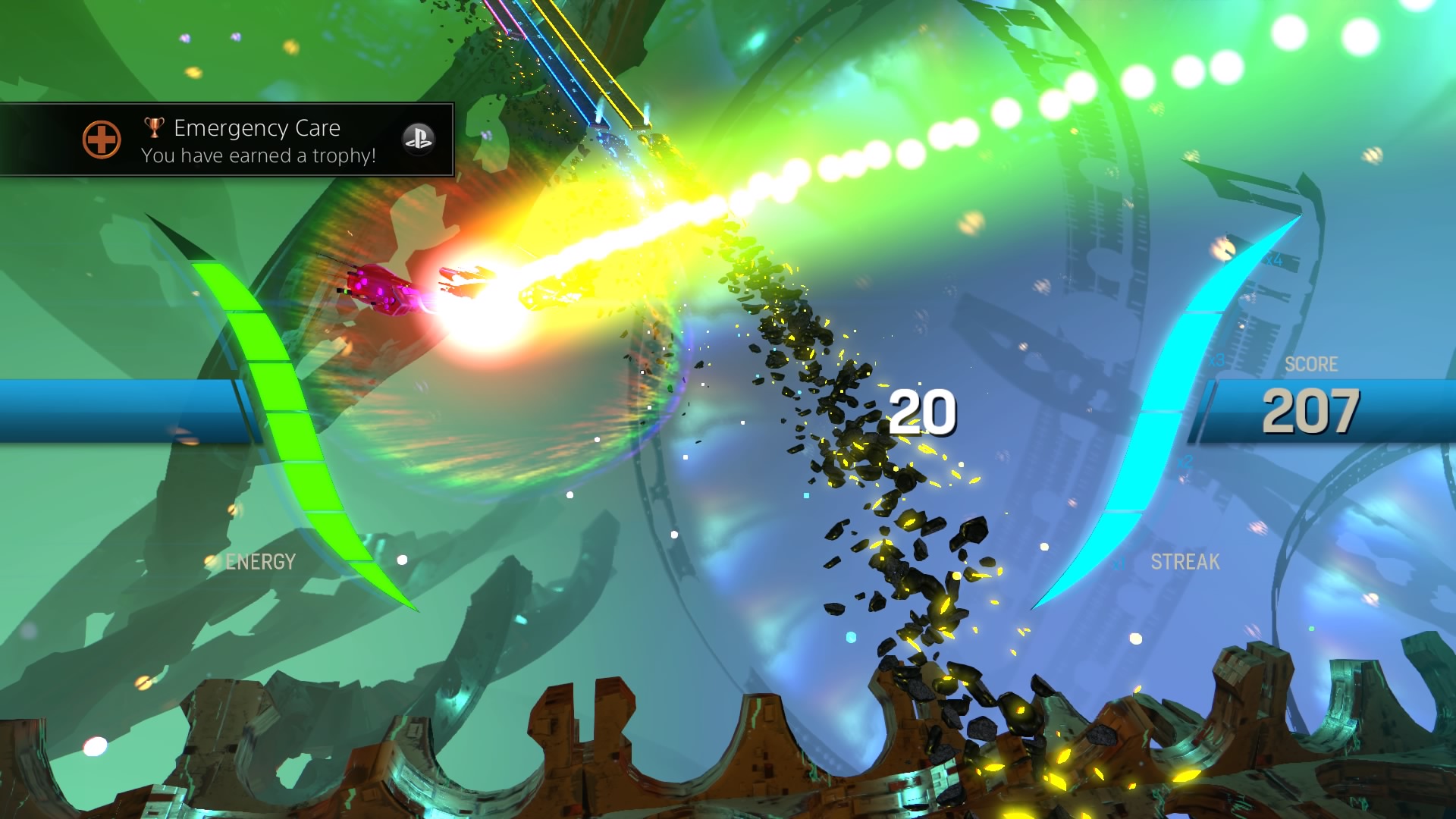
-
Amplitude
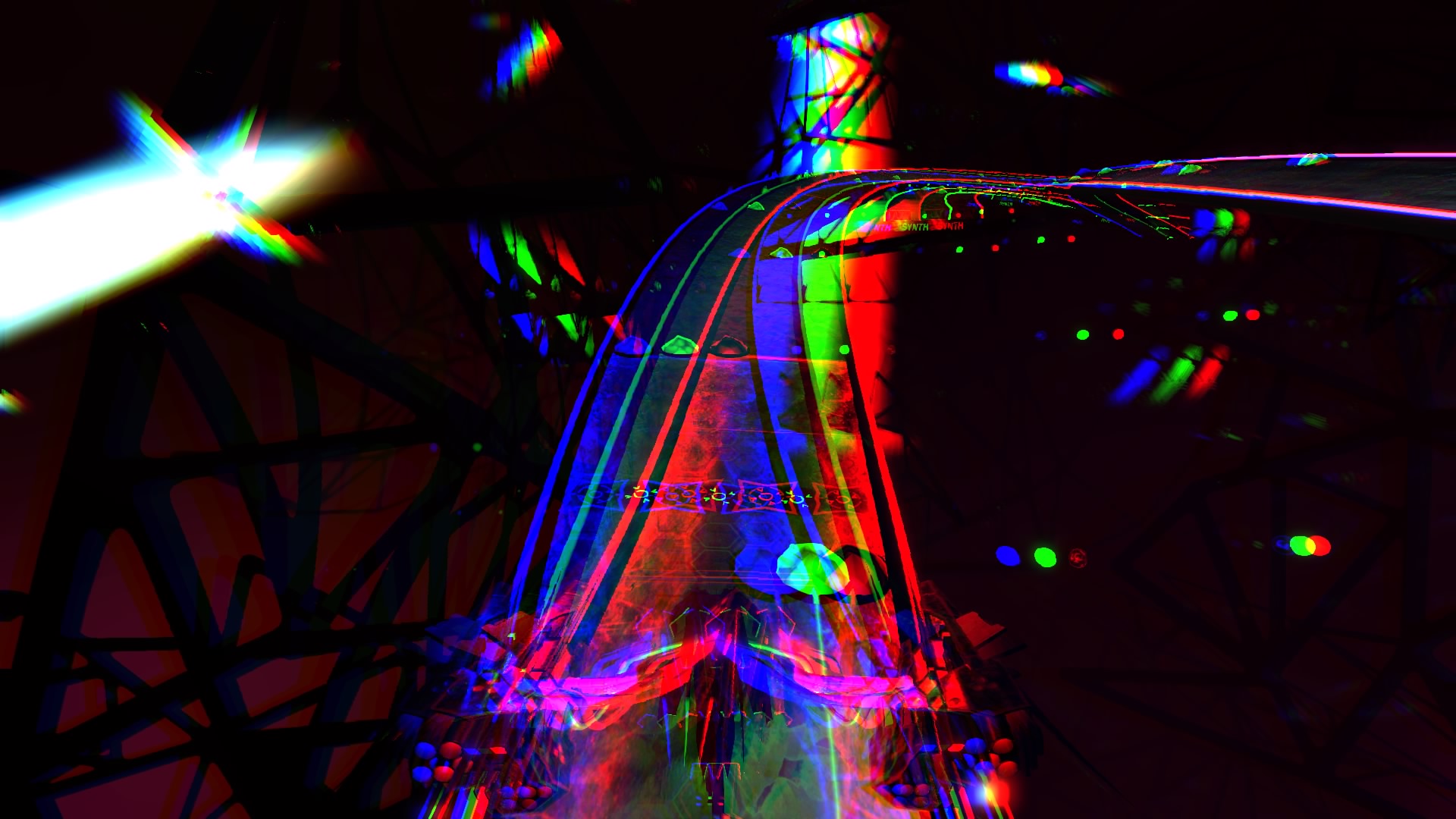
-
Amplitude
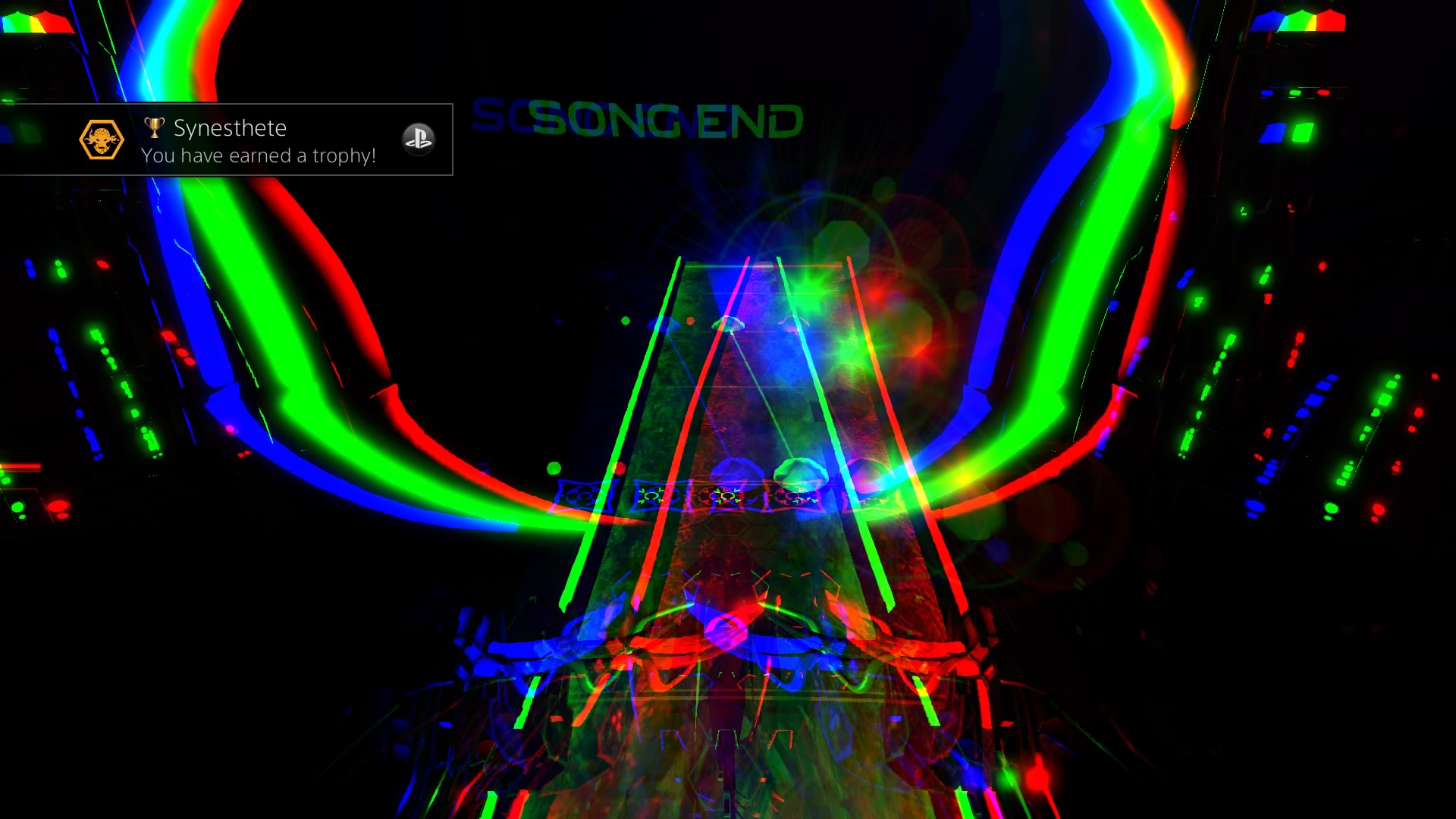
-
Amplitude
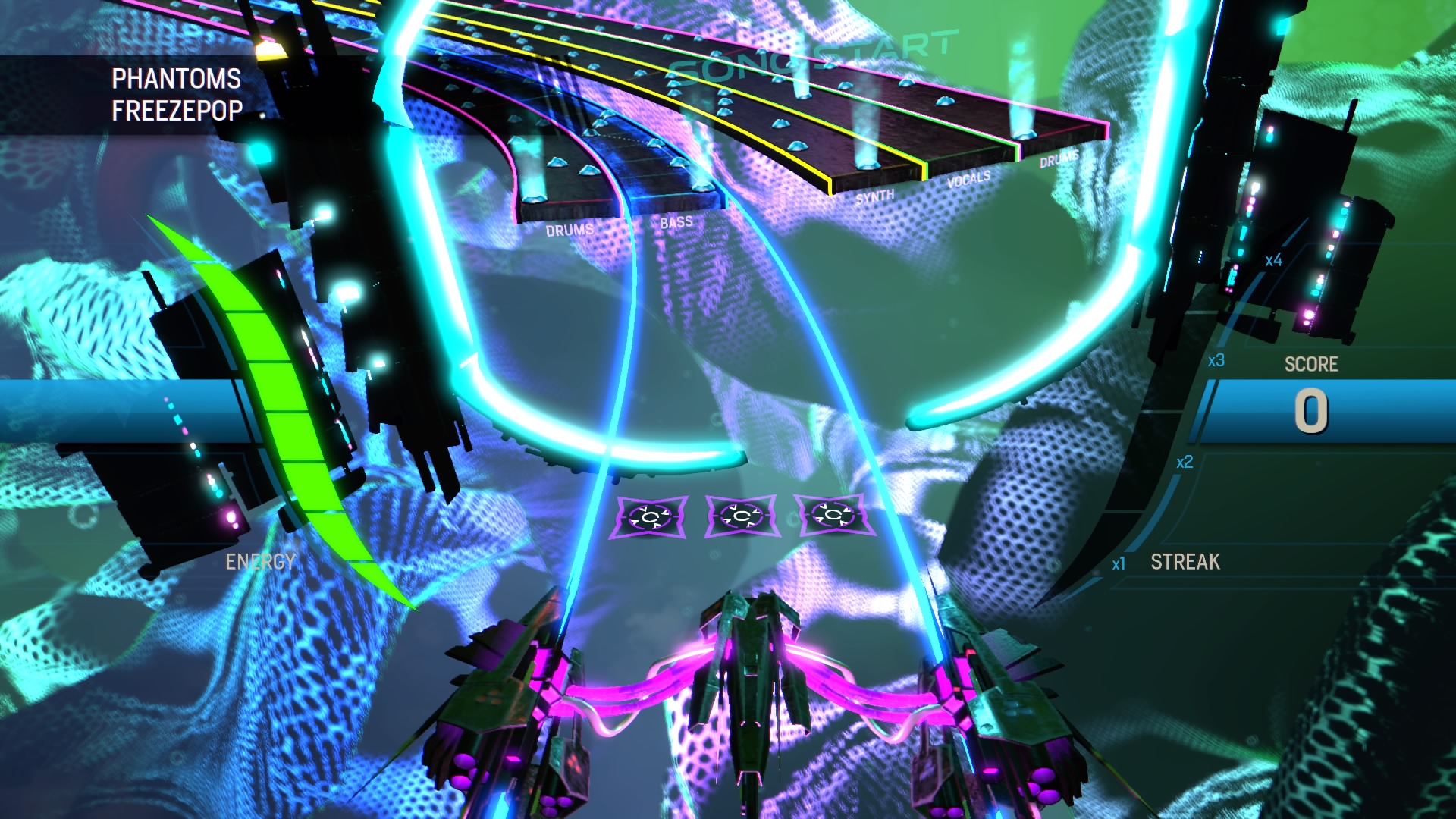
-
Amplitude
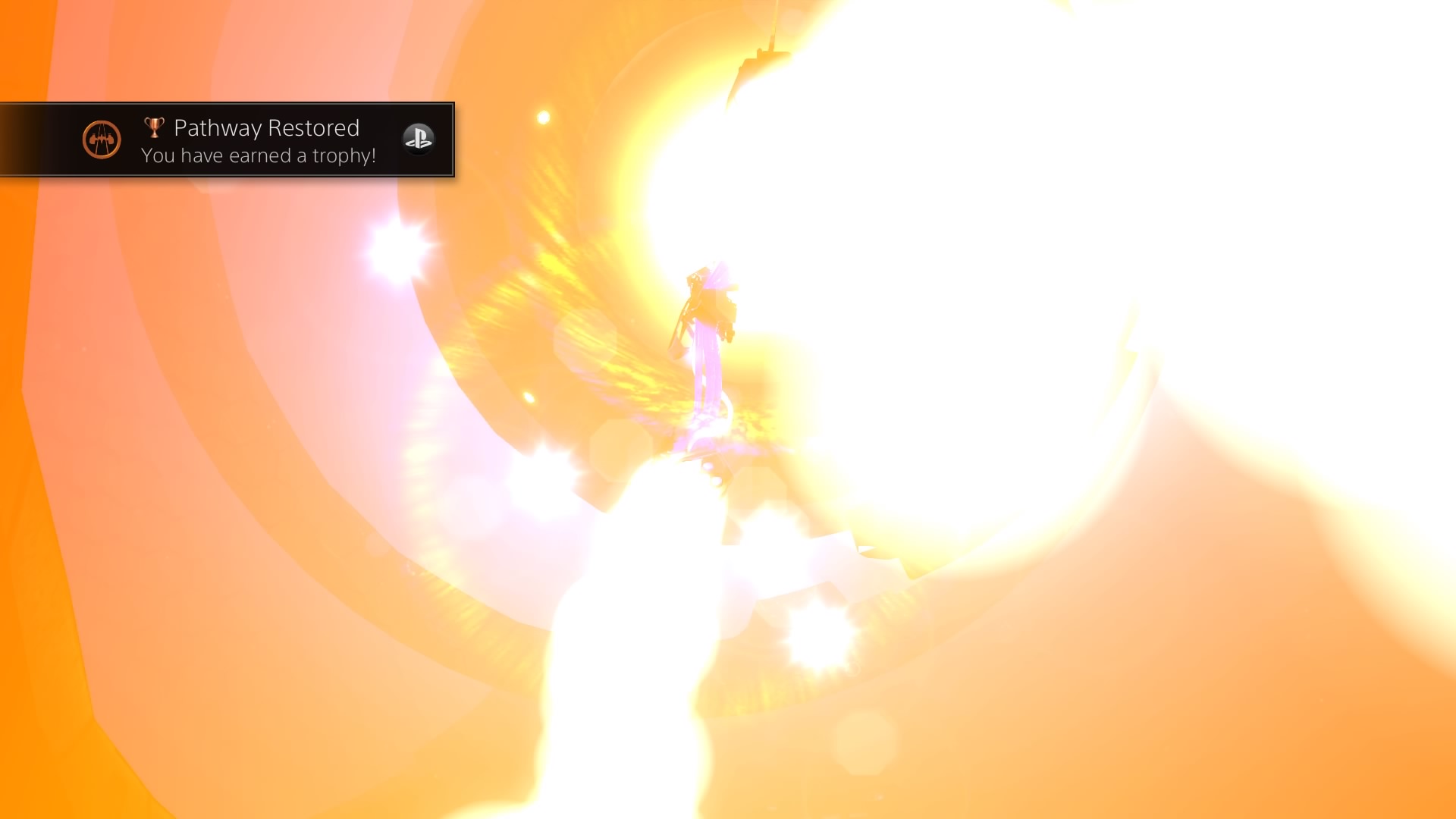
-
Amplitude
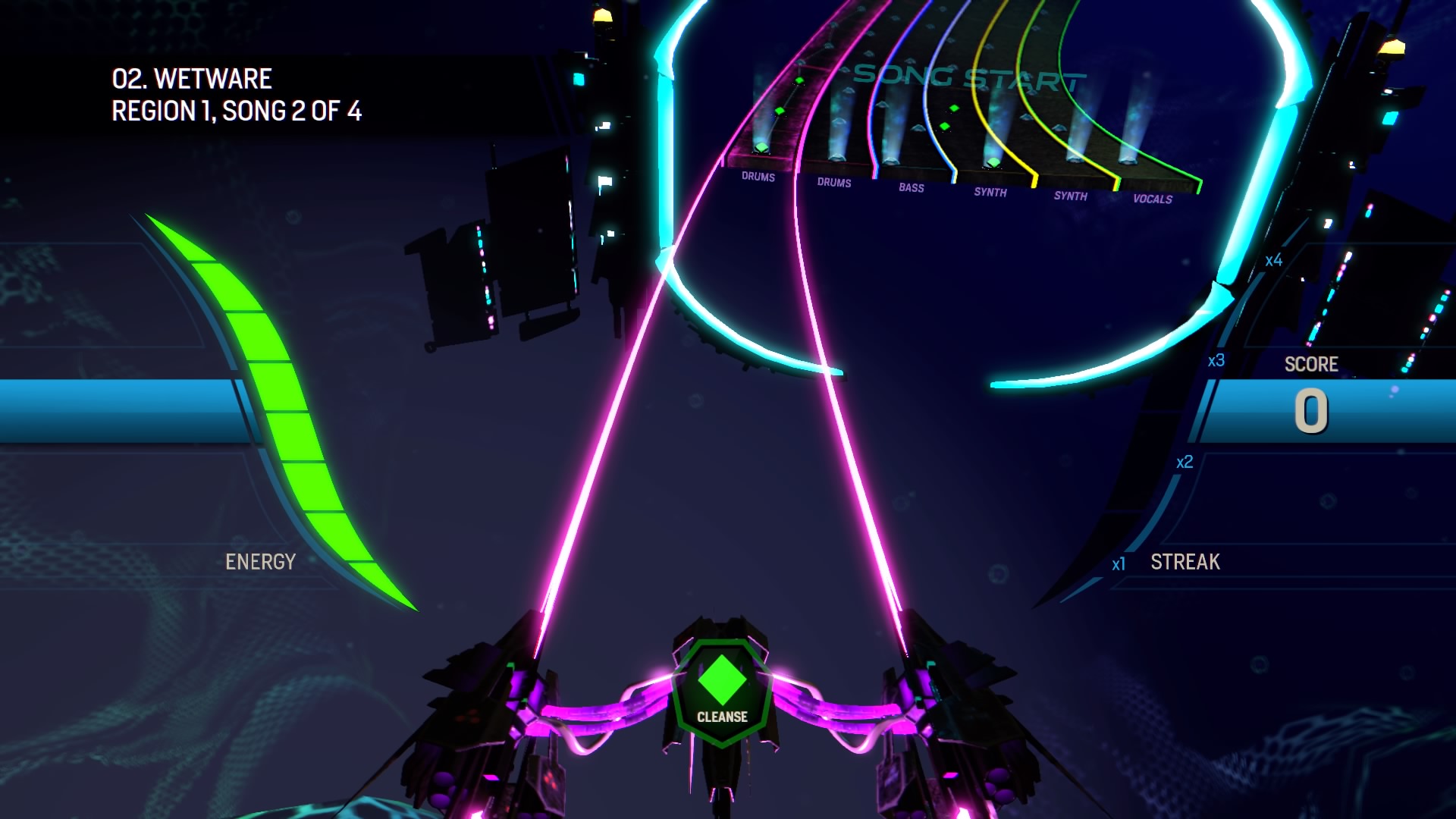
-
Amplitude
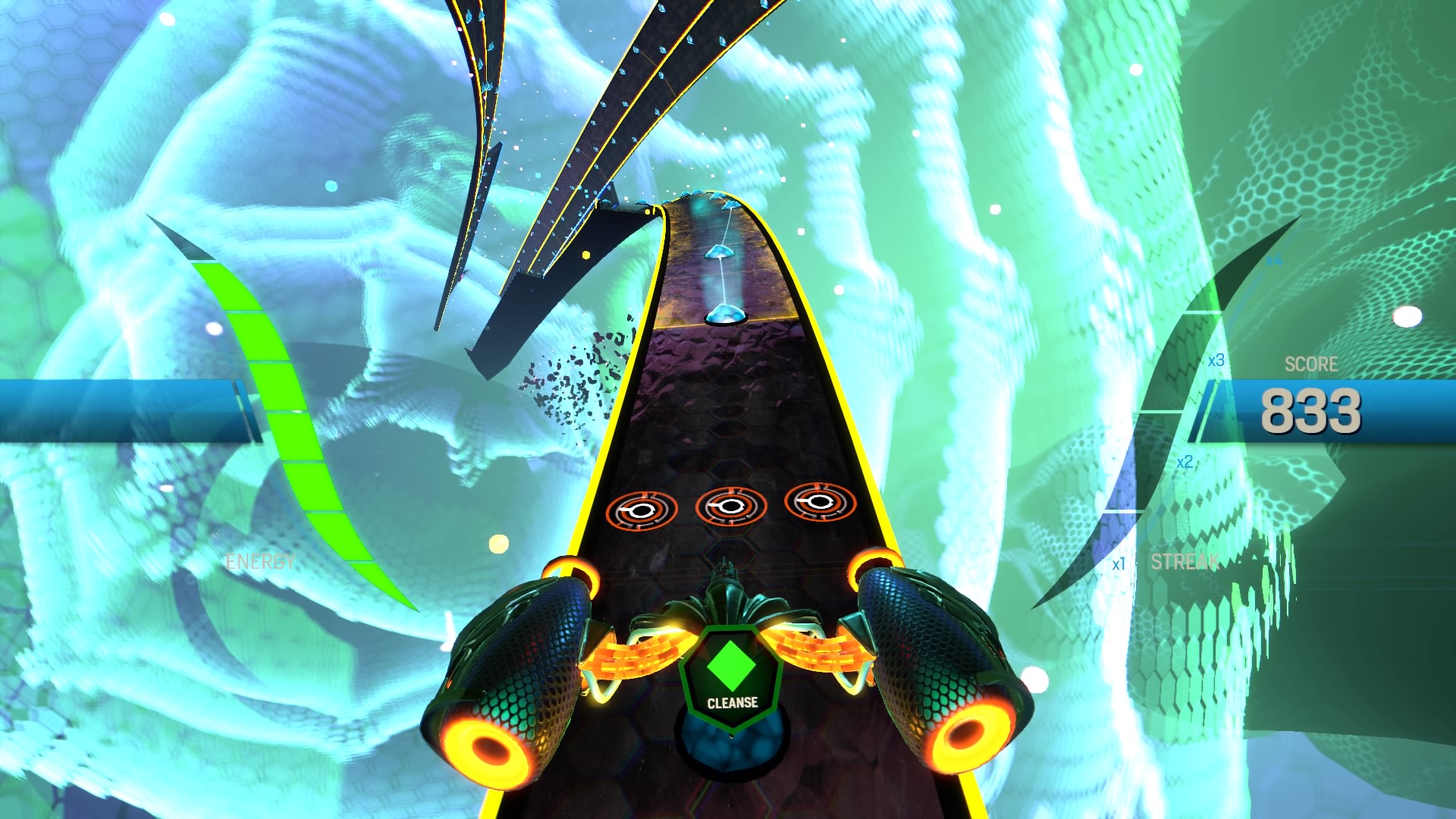
-
Amplitude

-
Amplitude

-
Amplitude
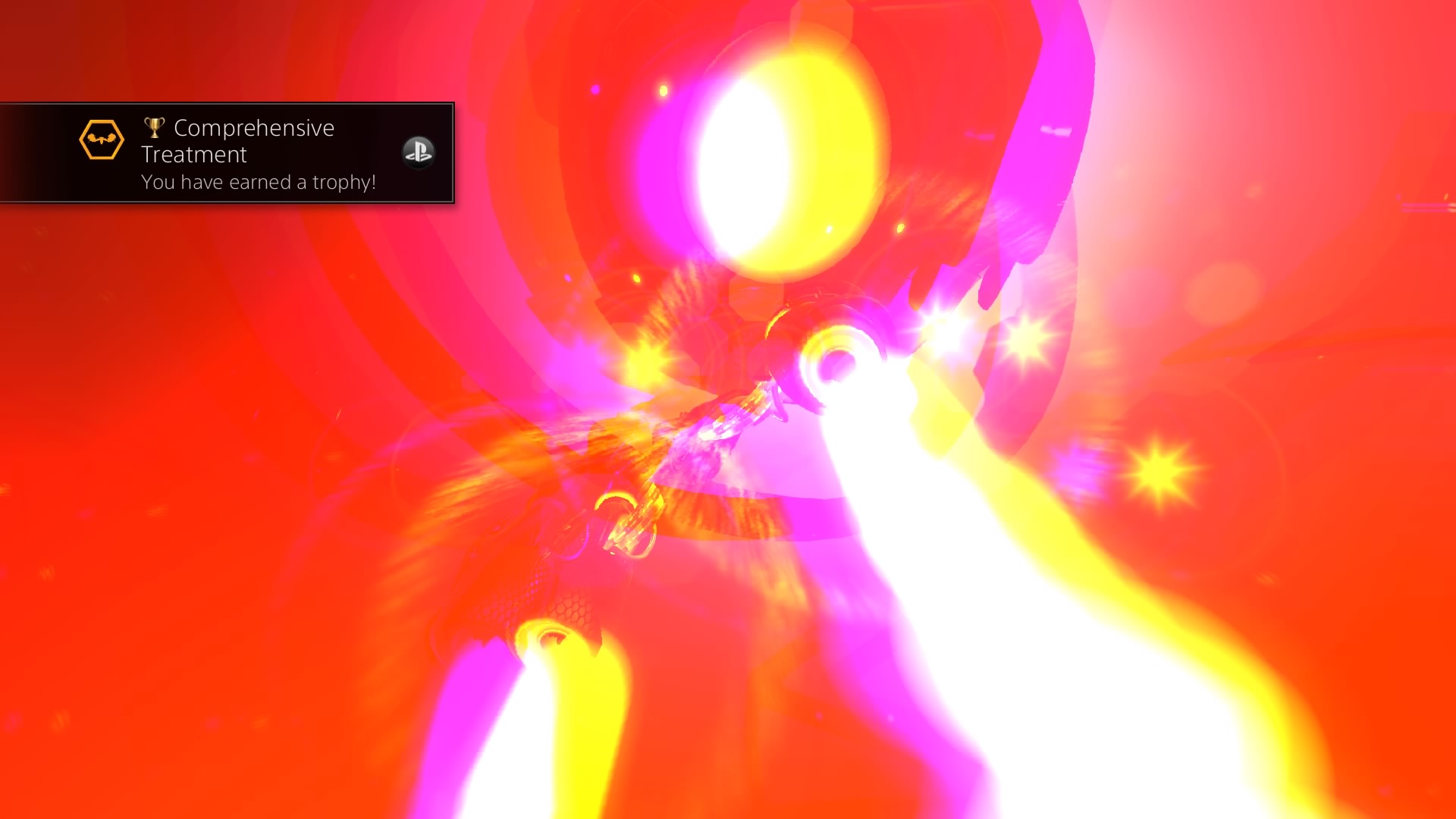
-
Amplitude
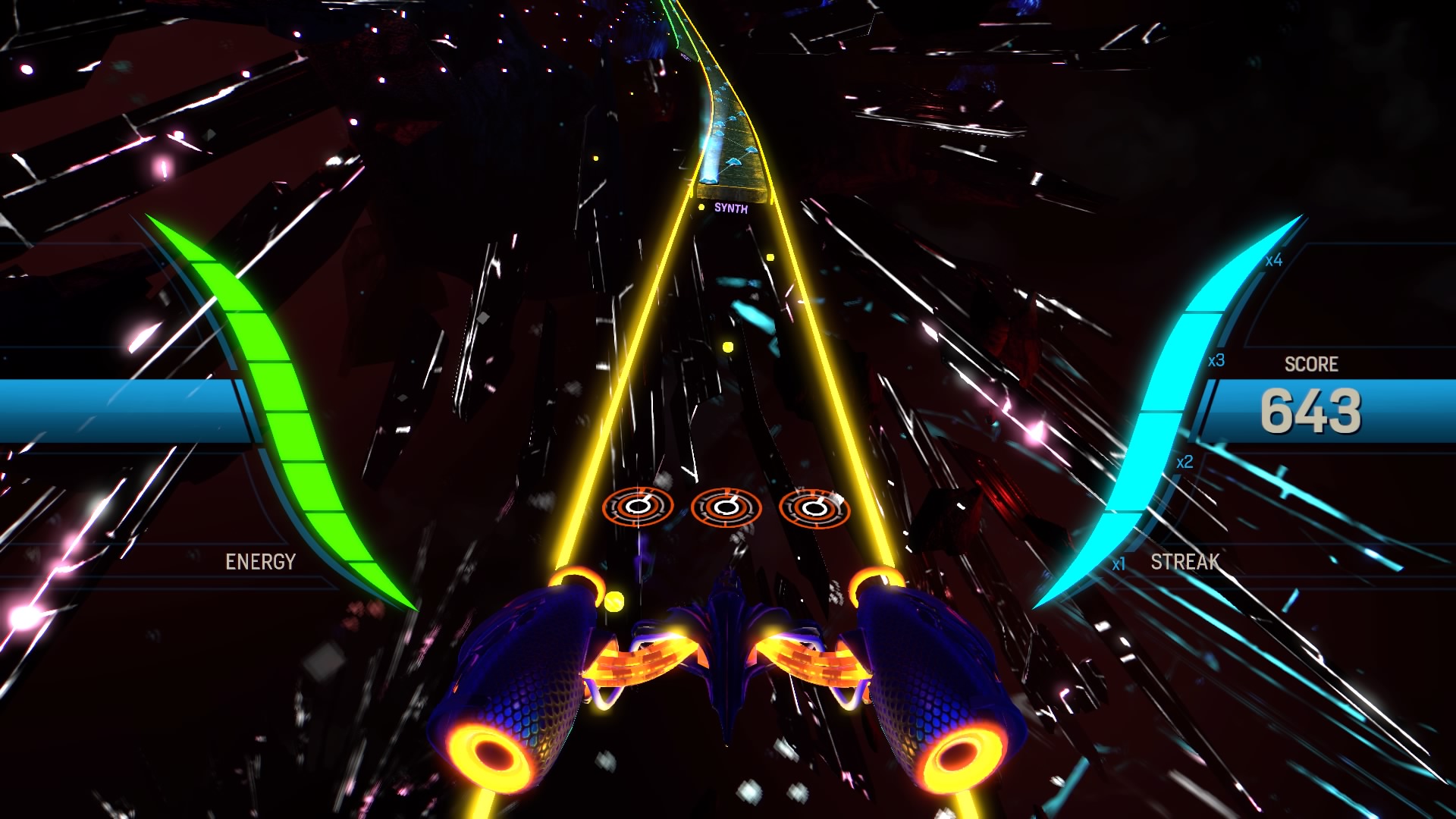
-
Amplitude

-
Amplitude
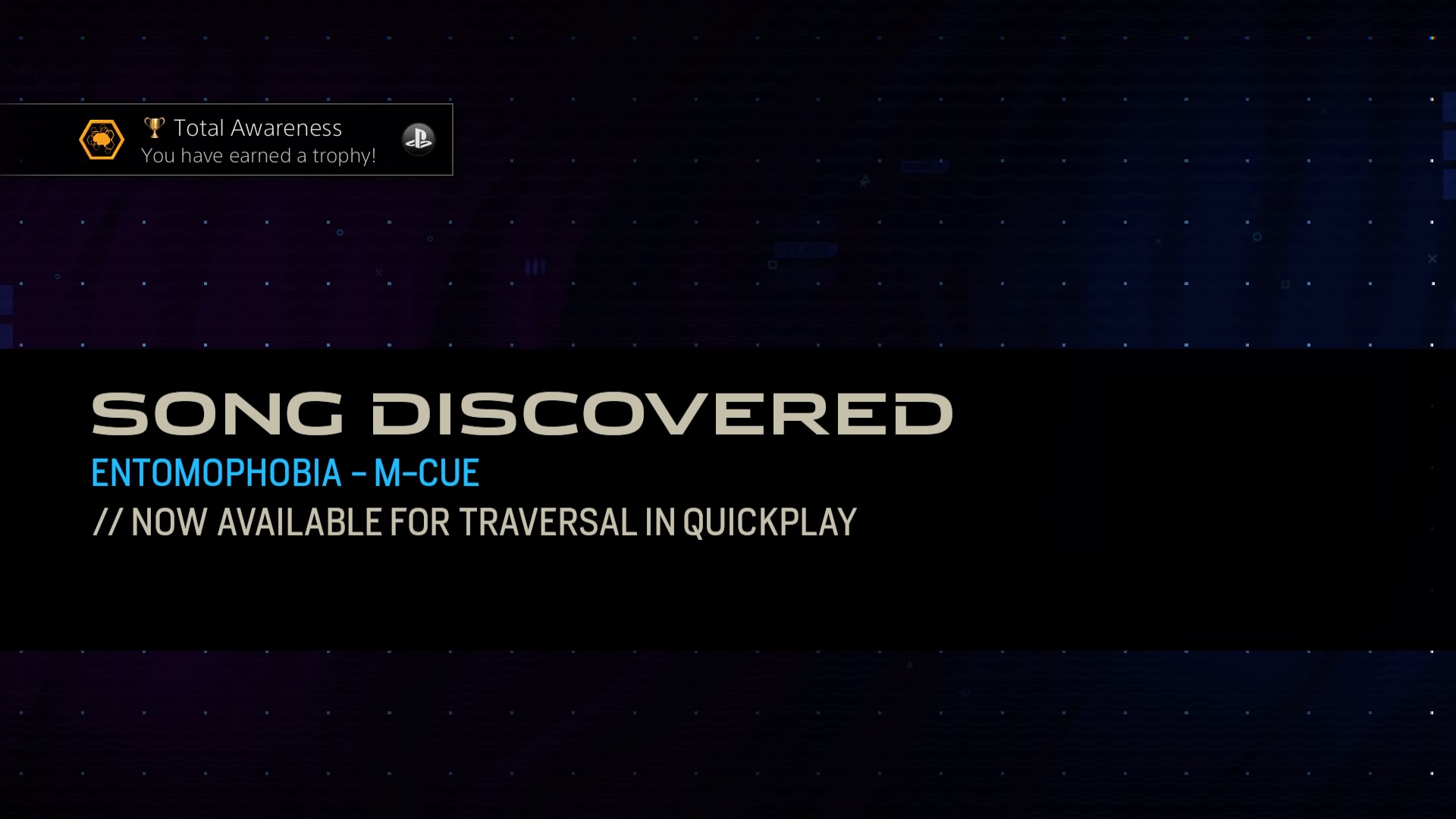
-
Amplitude
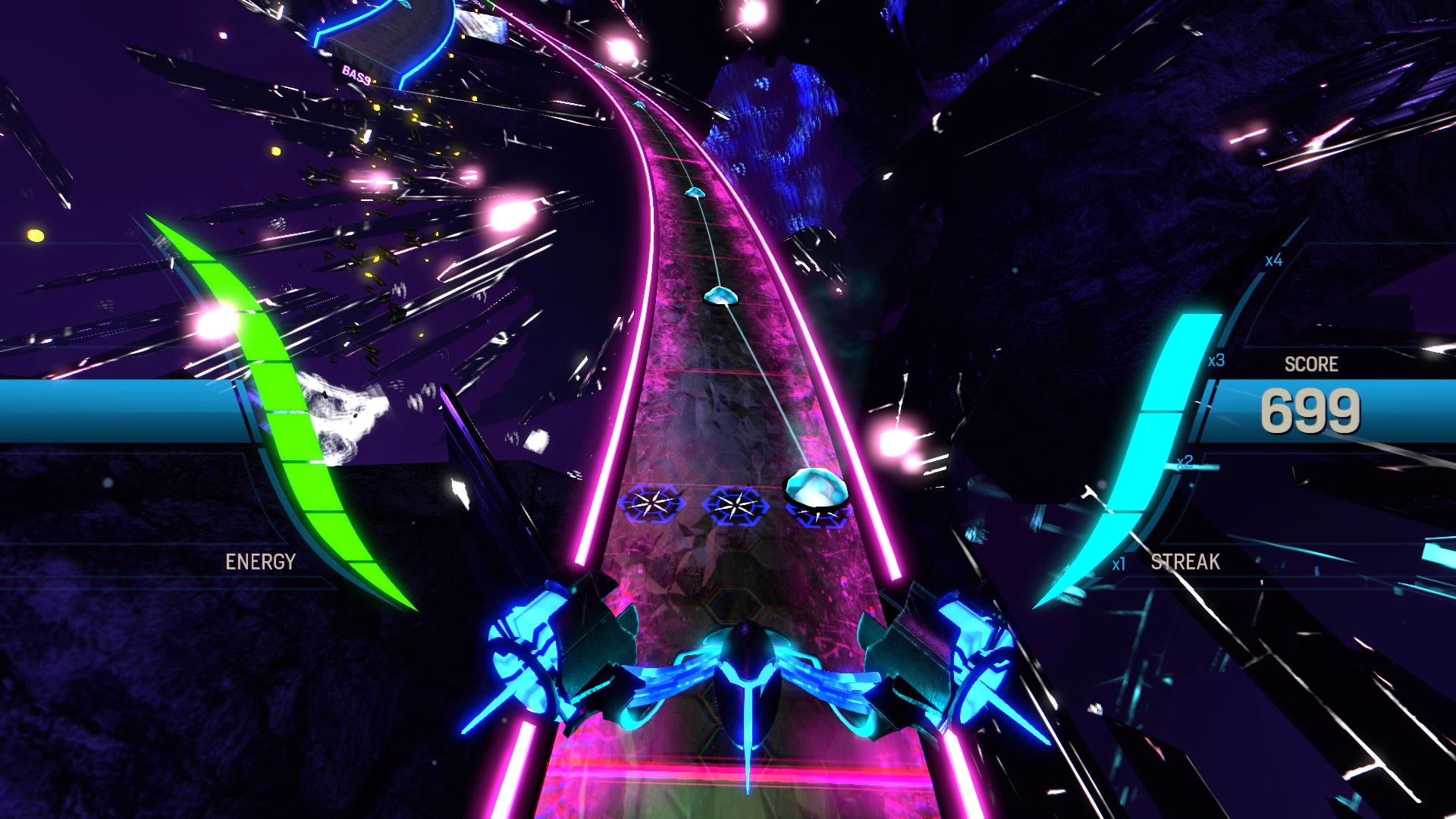
-
Amplitude
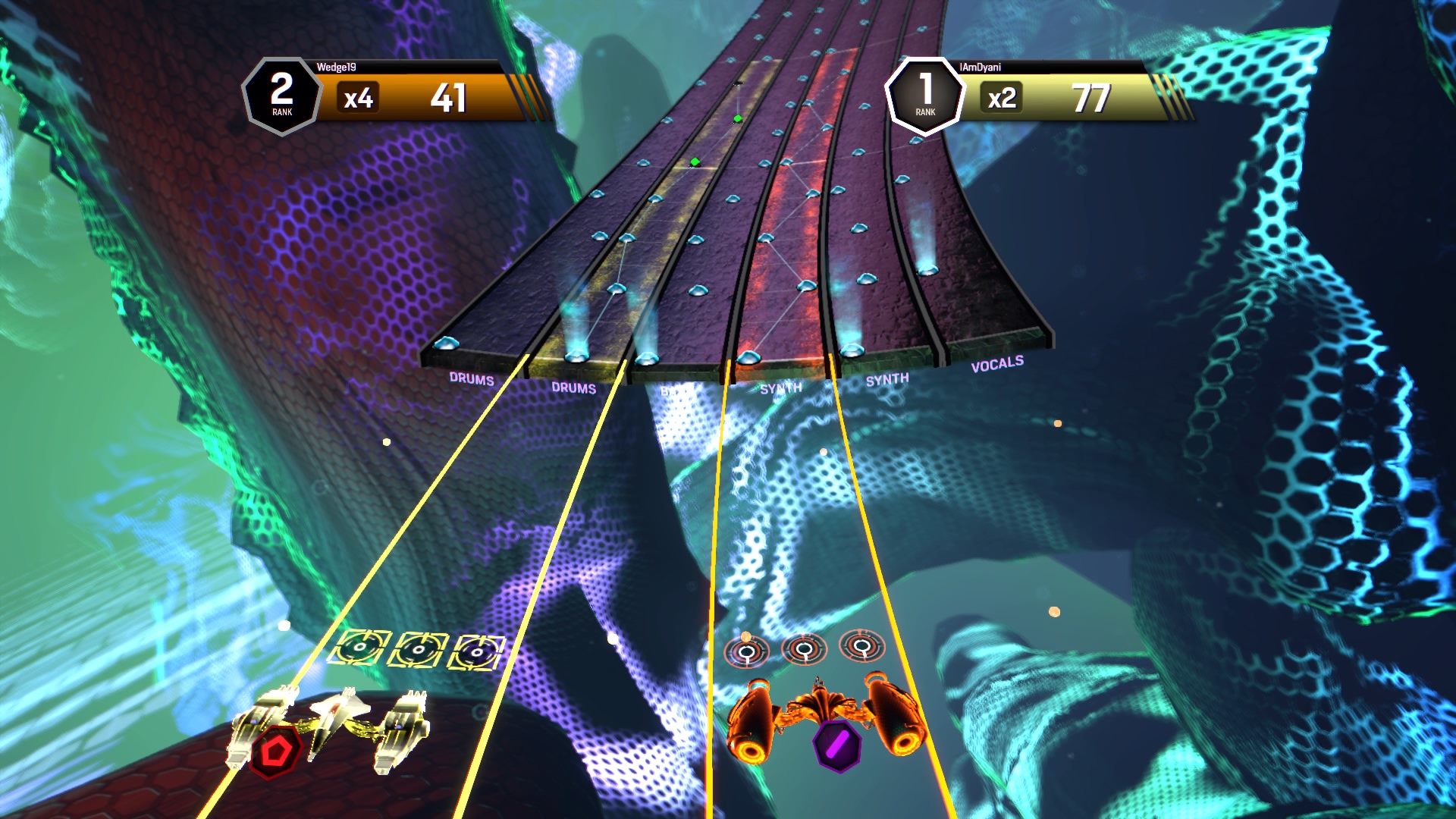
-
Amplitude
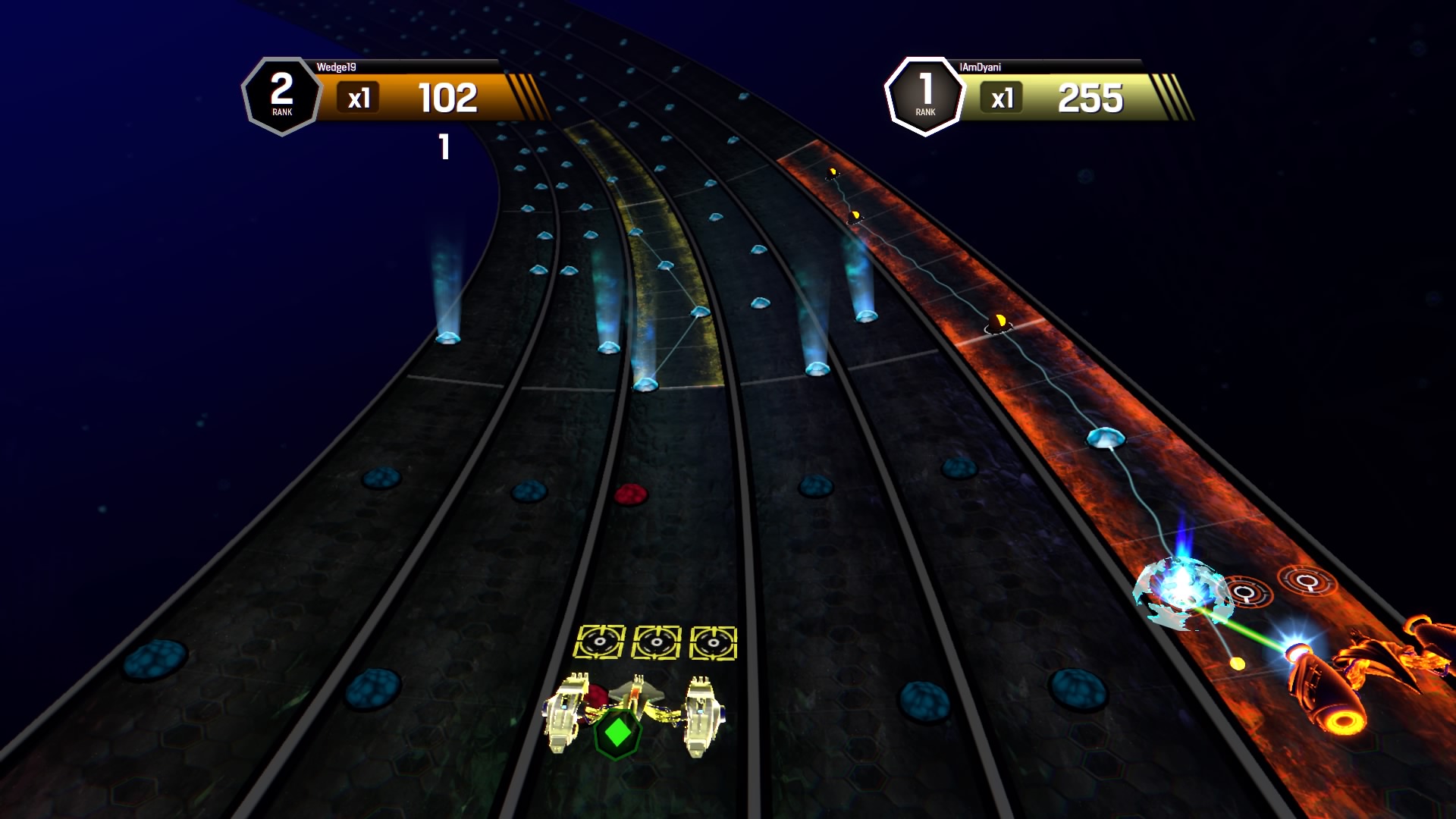
-
Amplitude
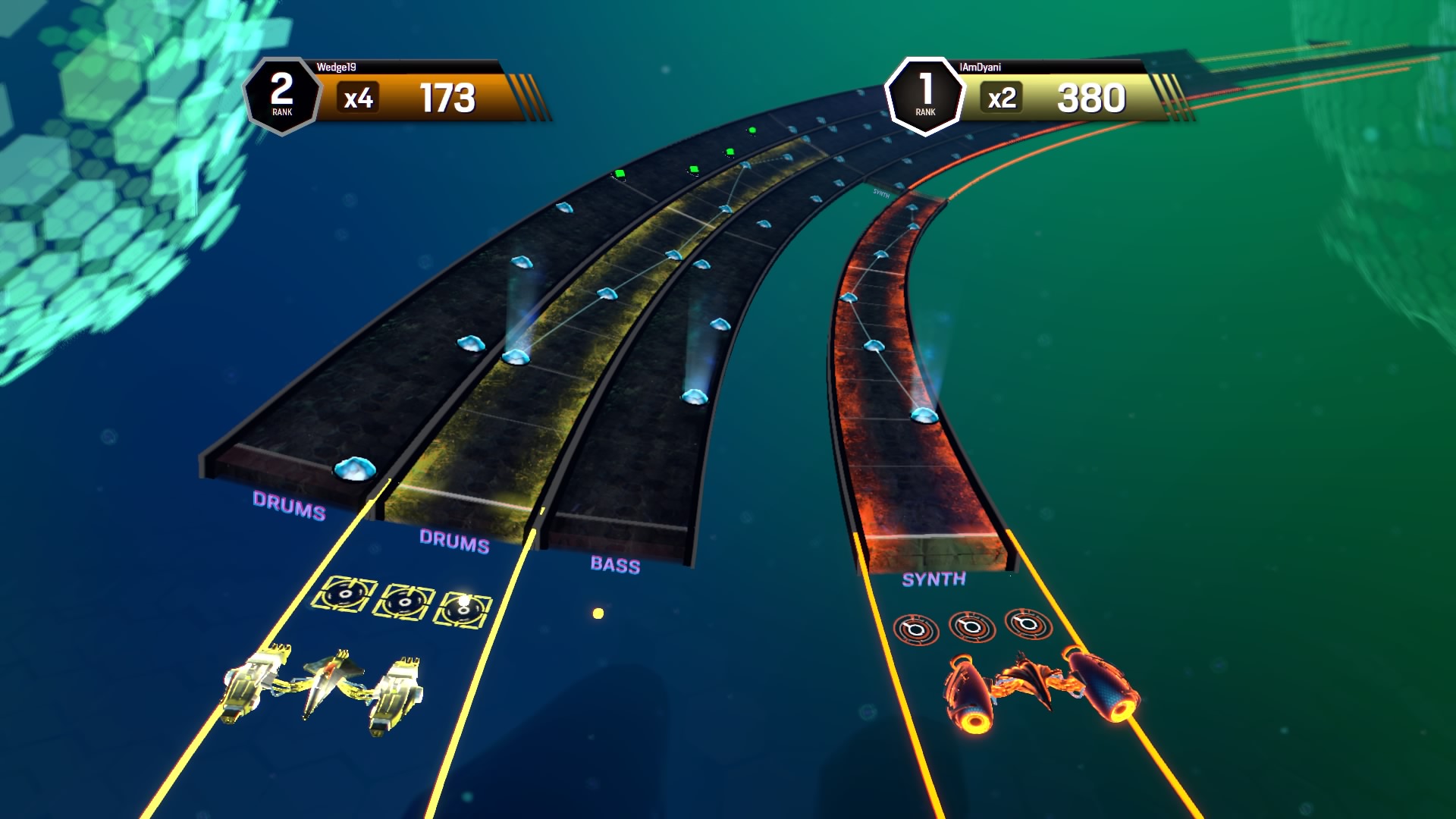
-
Amplitude
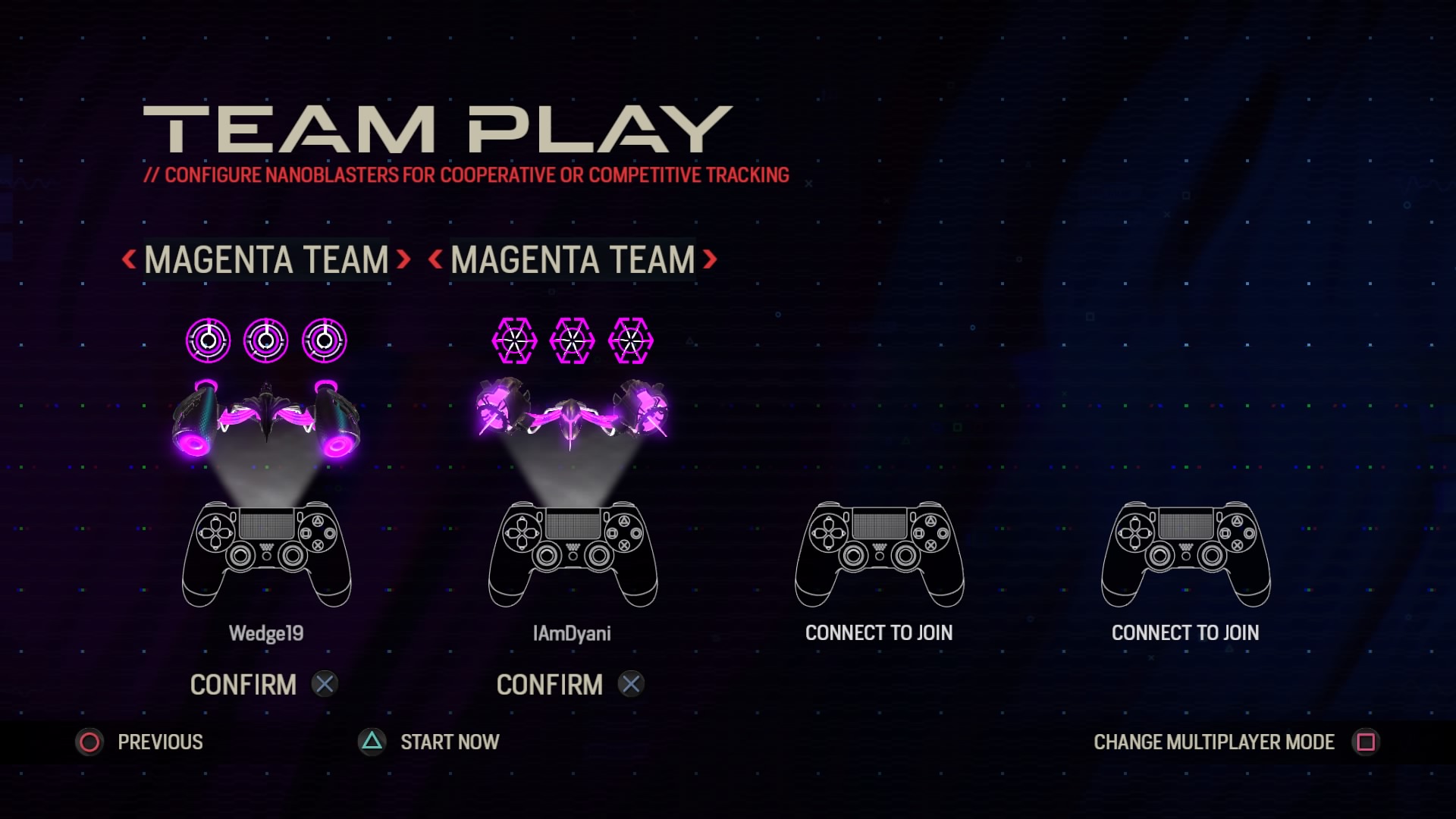
-
Amplitude
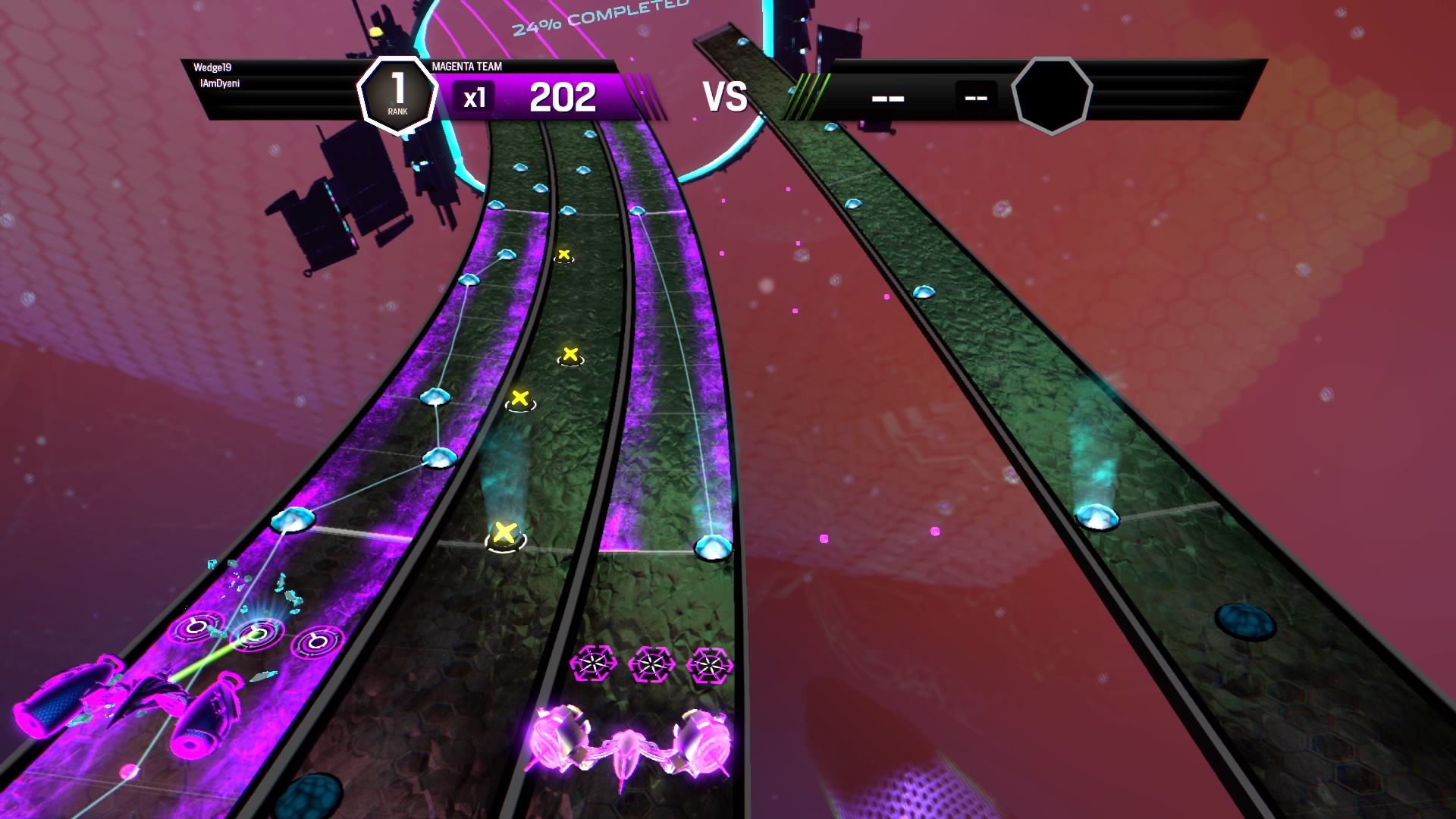
-
Amplitude
